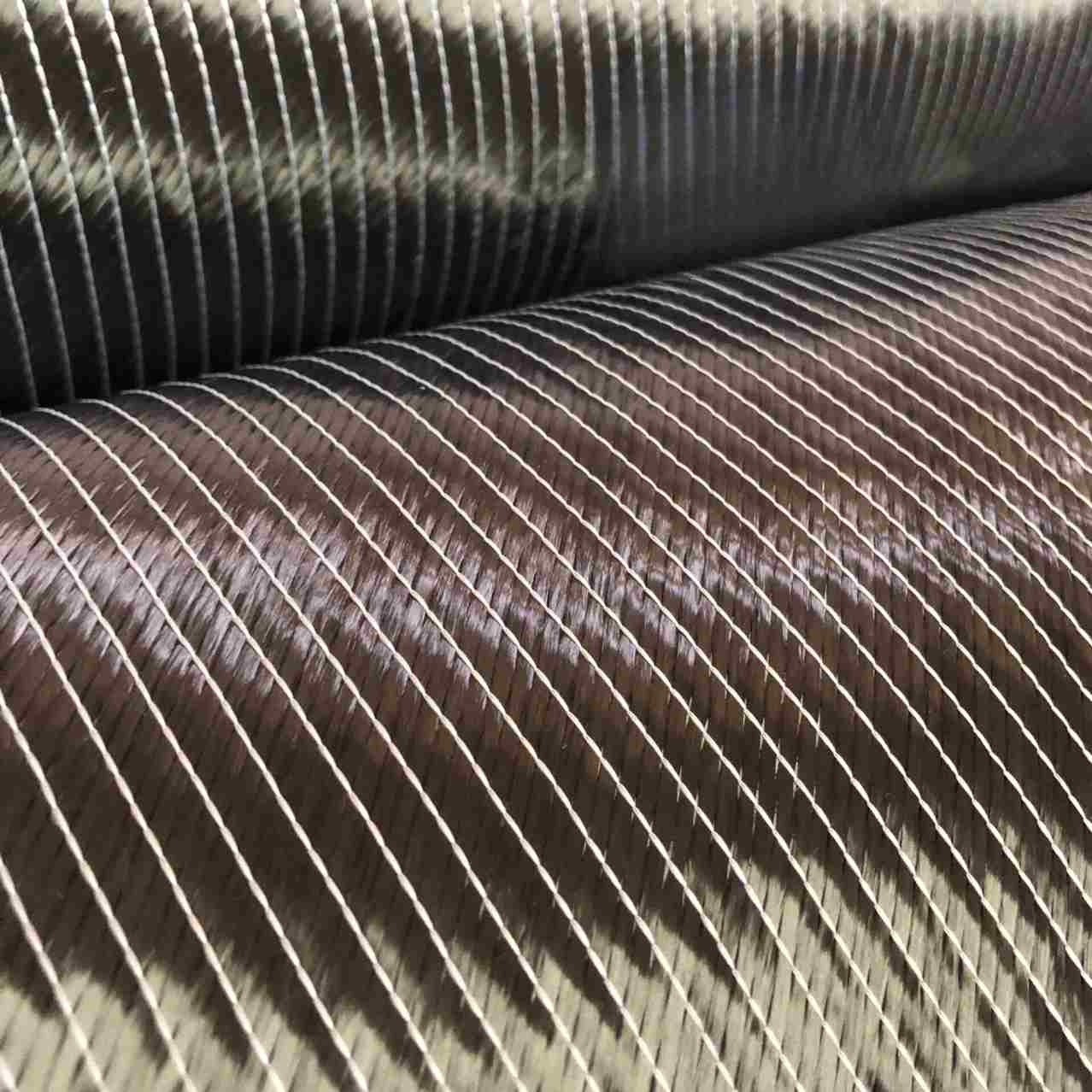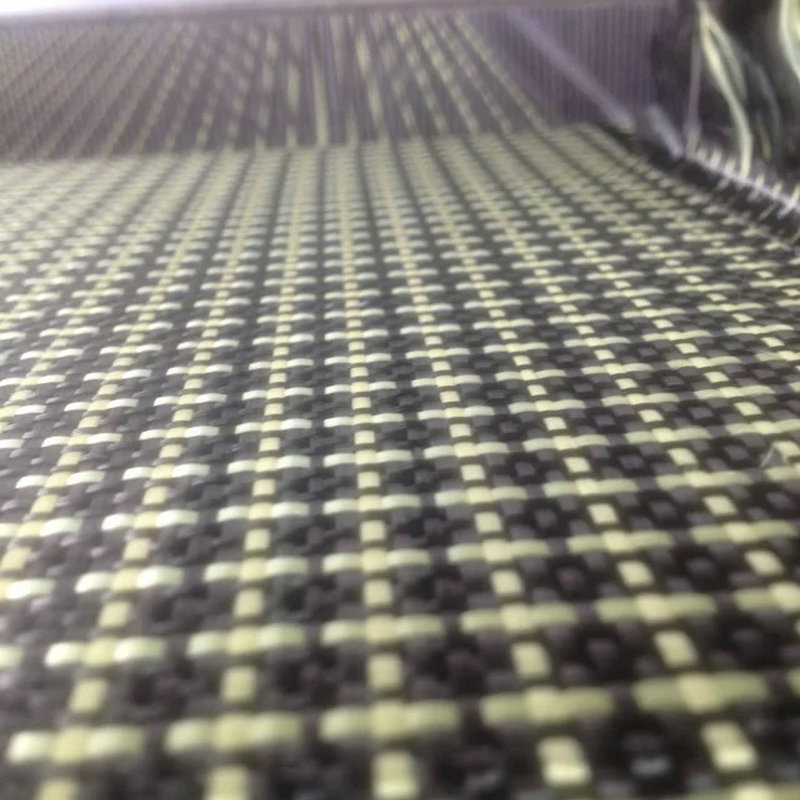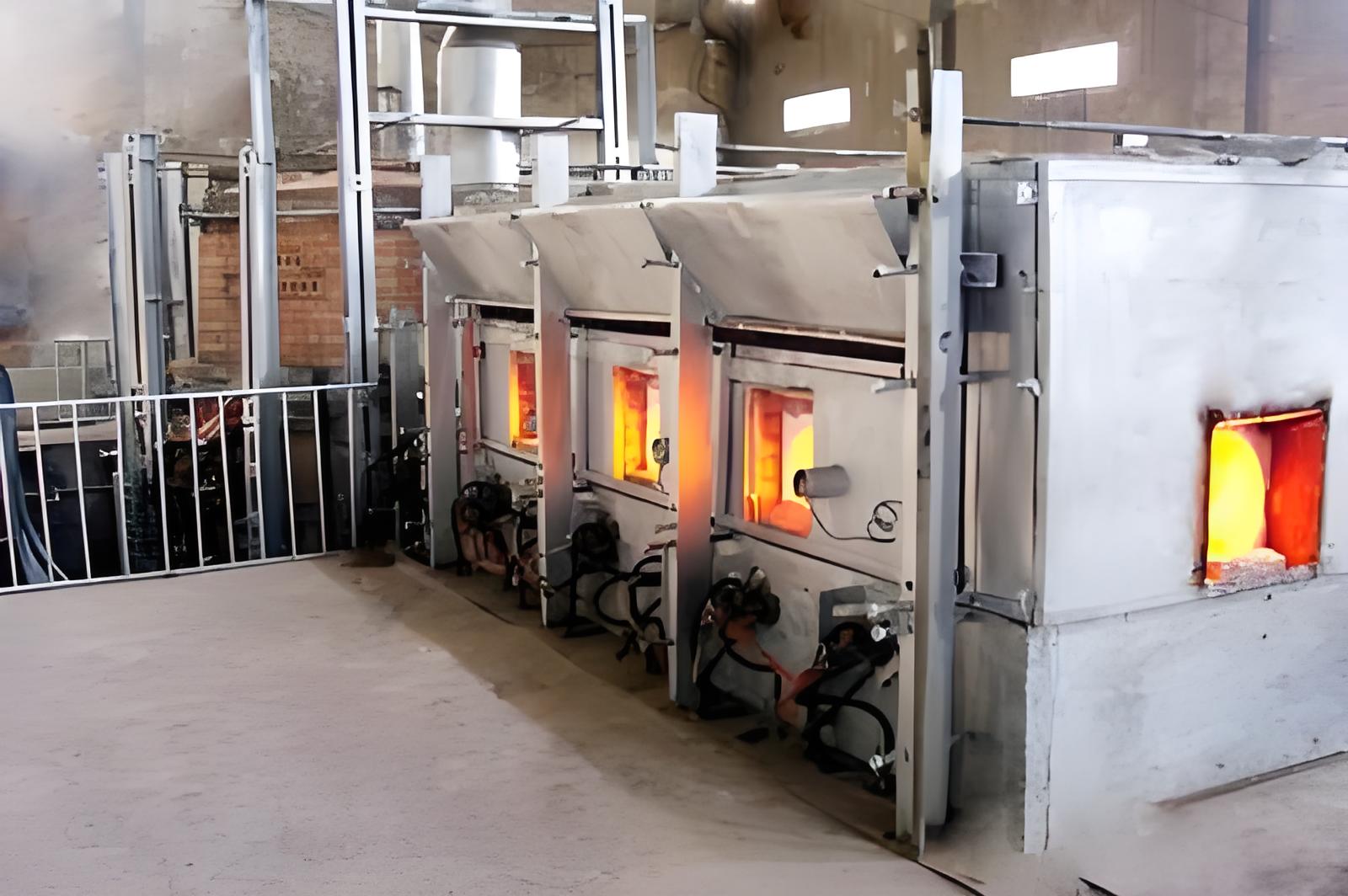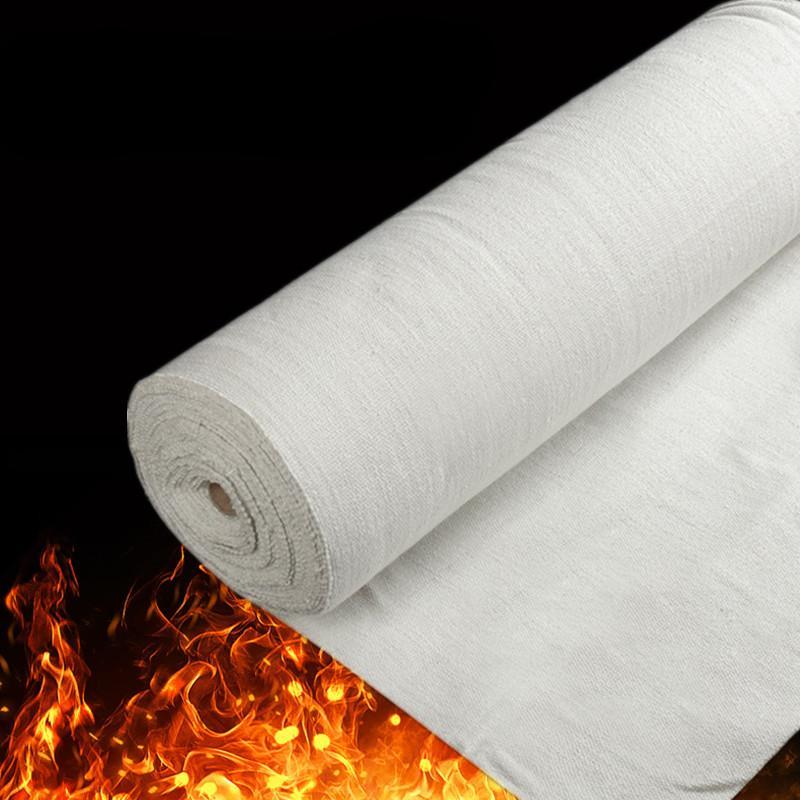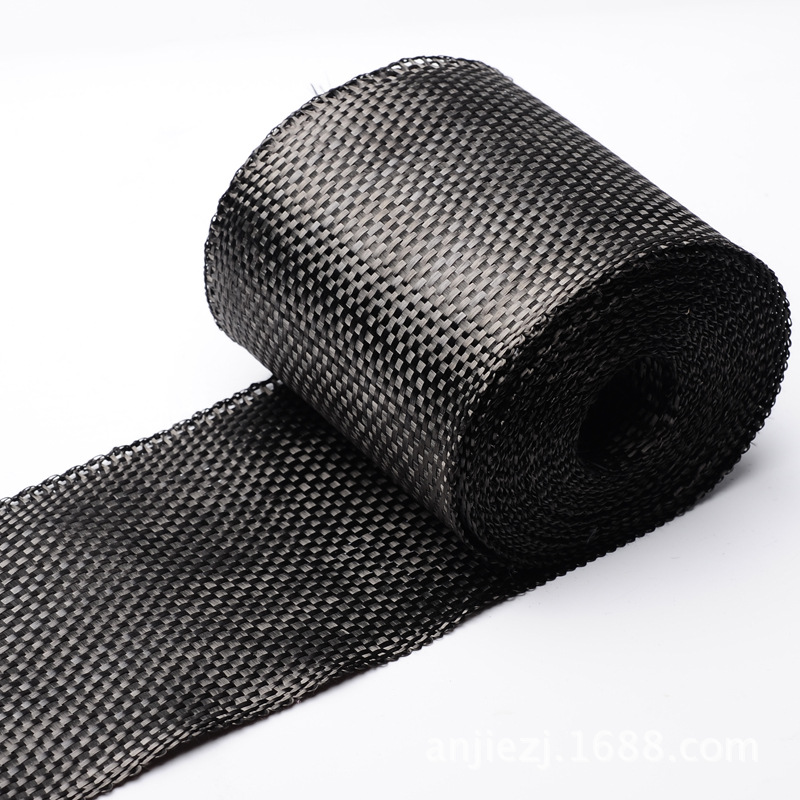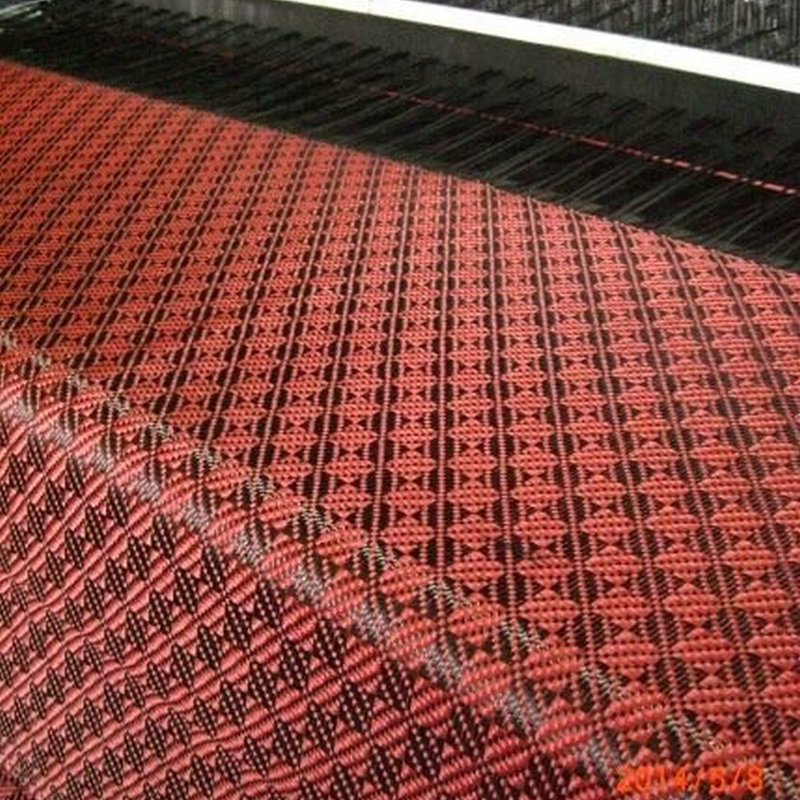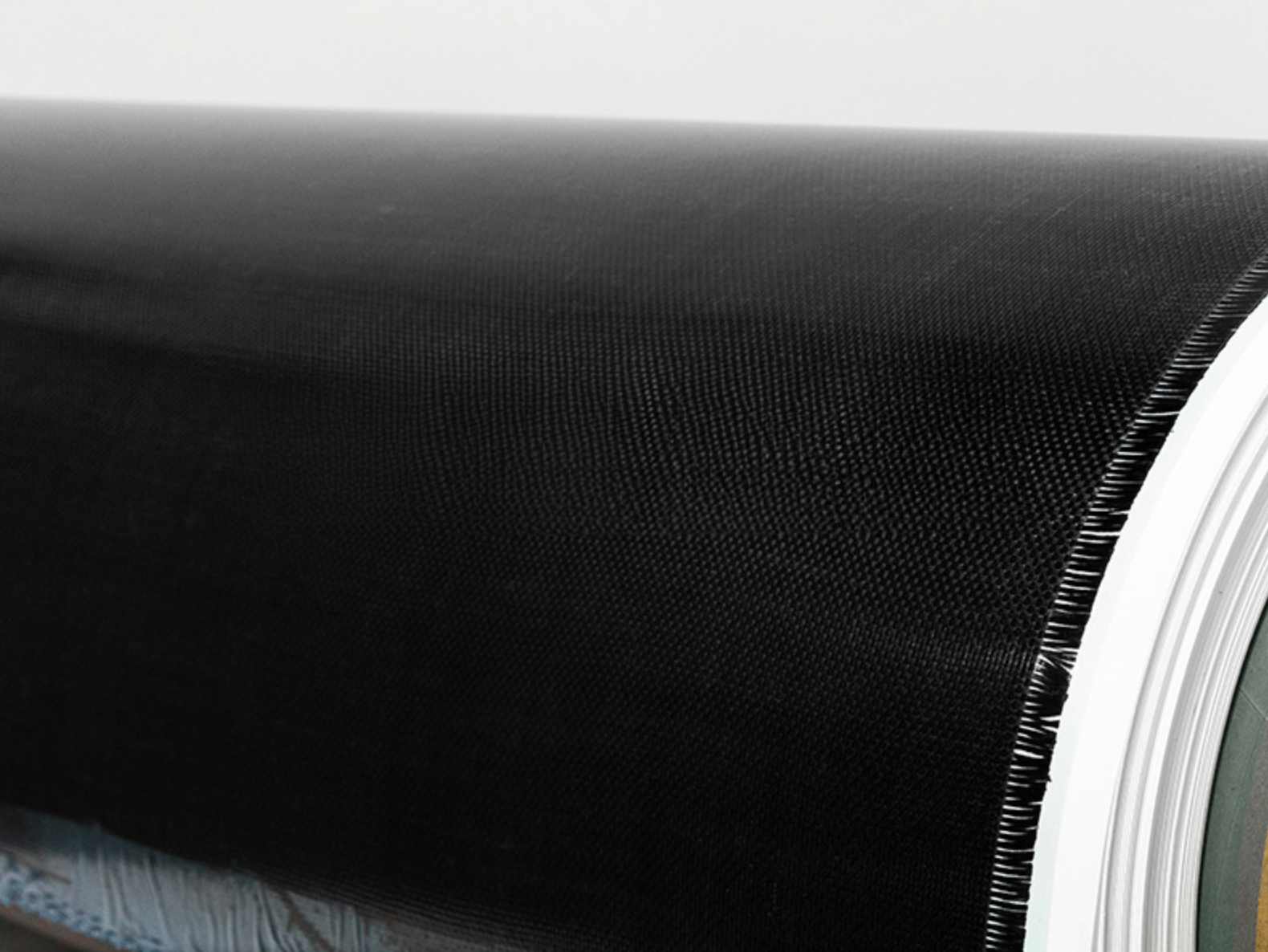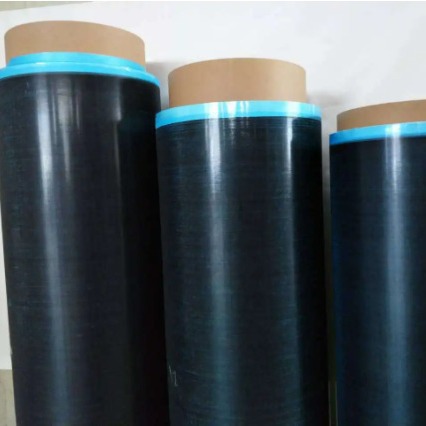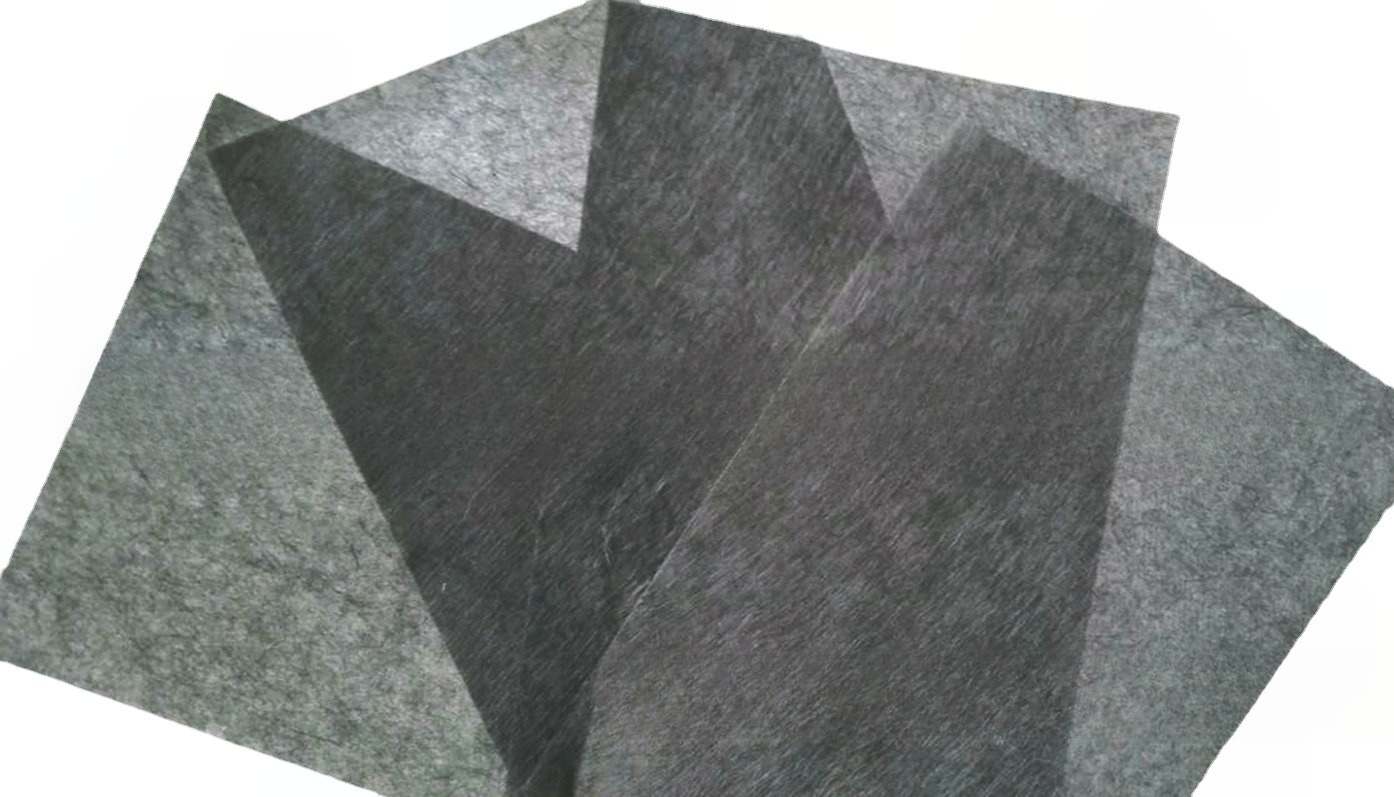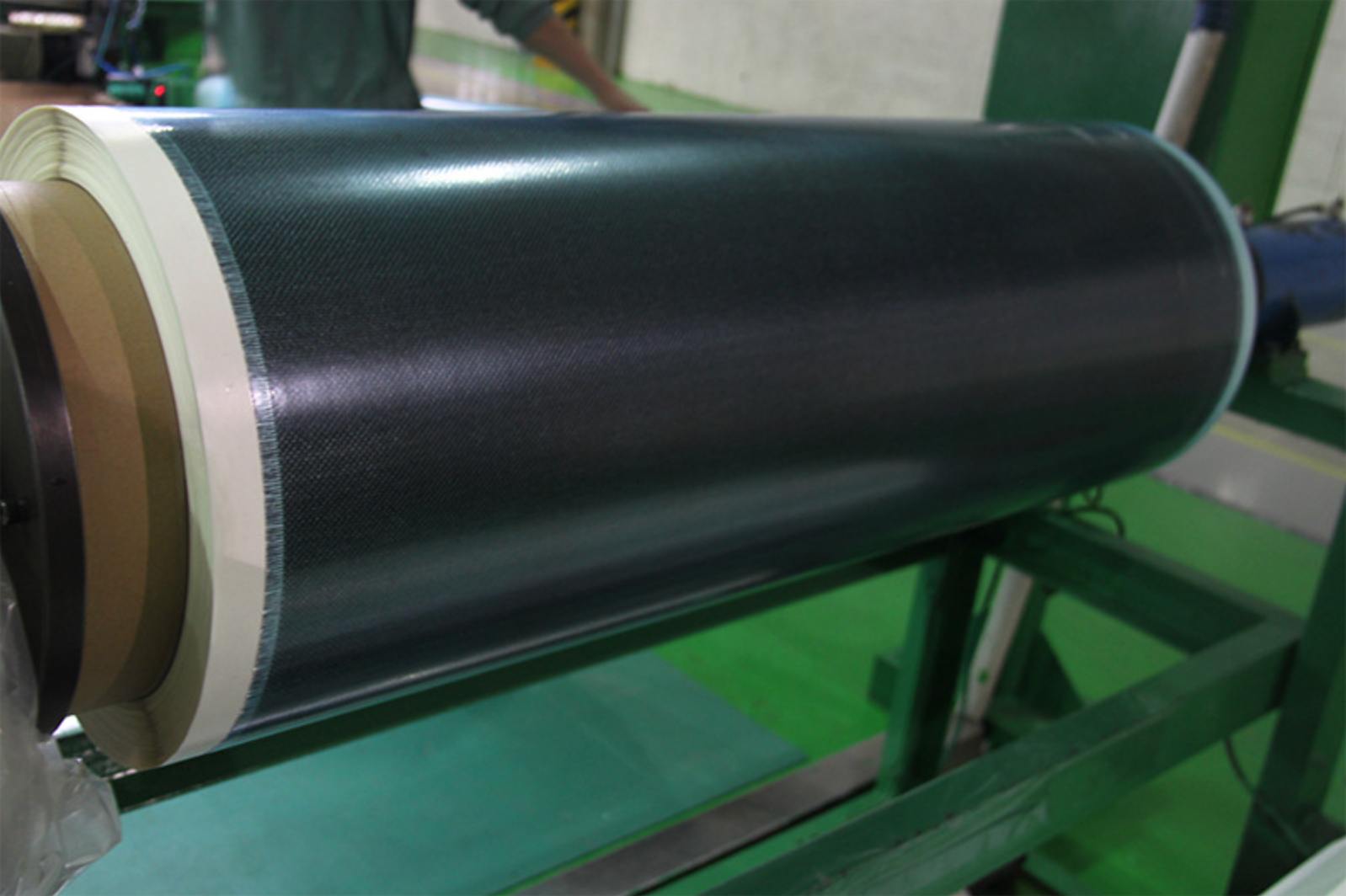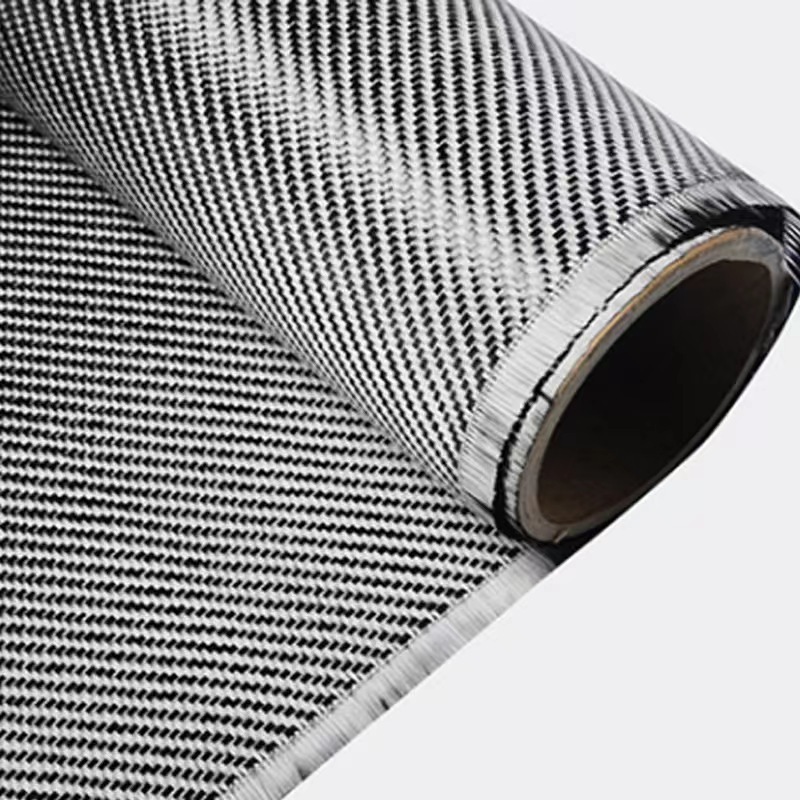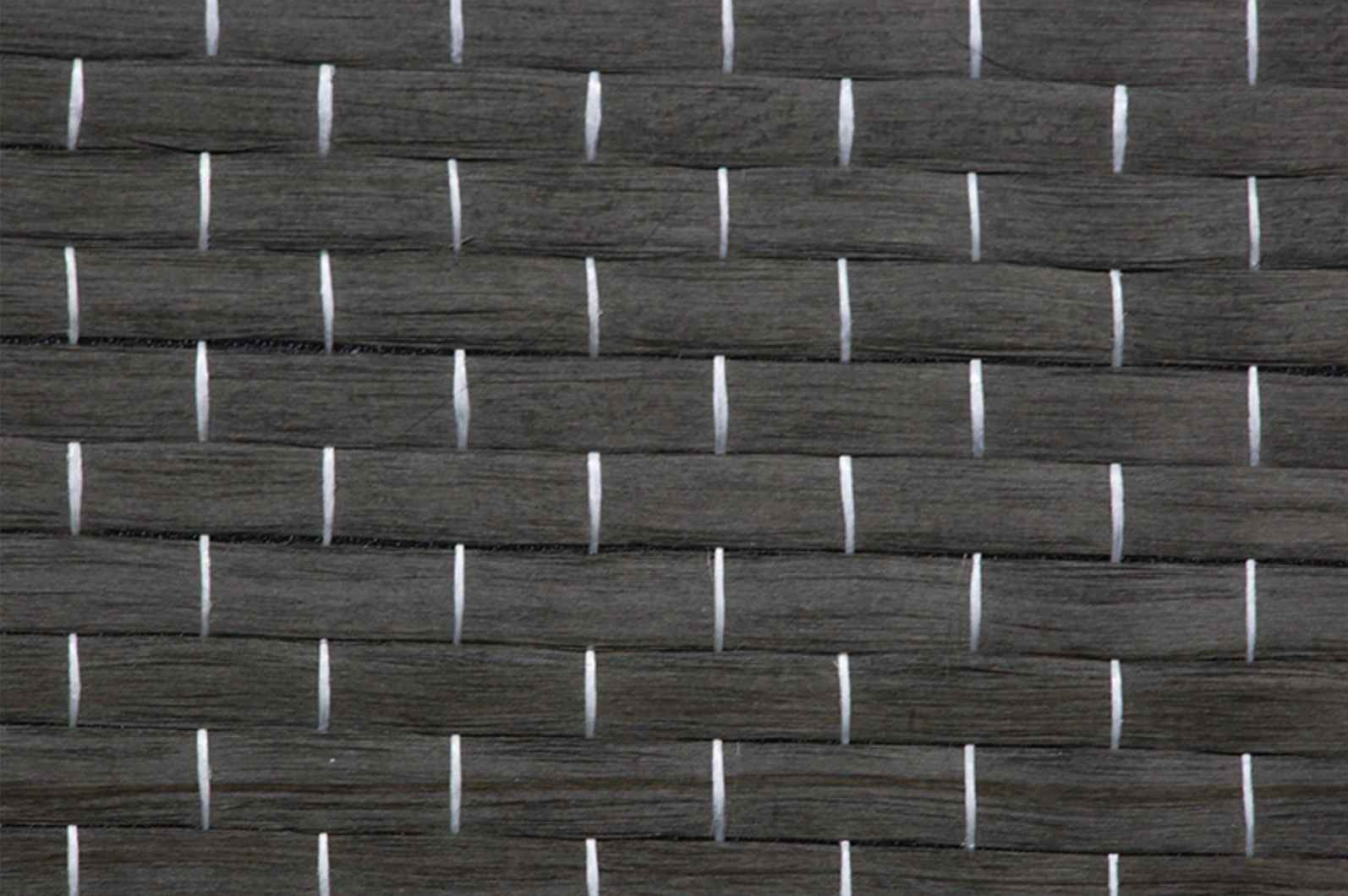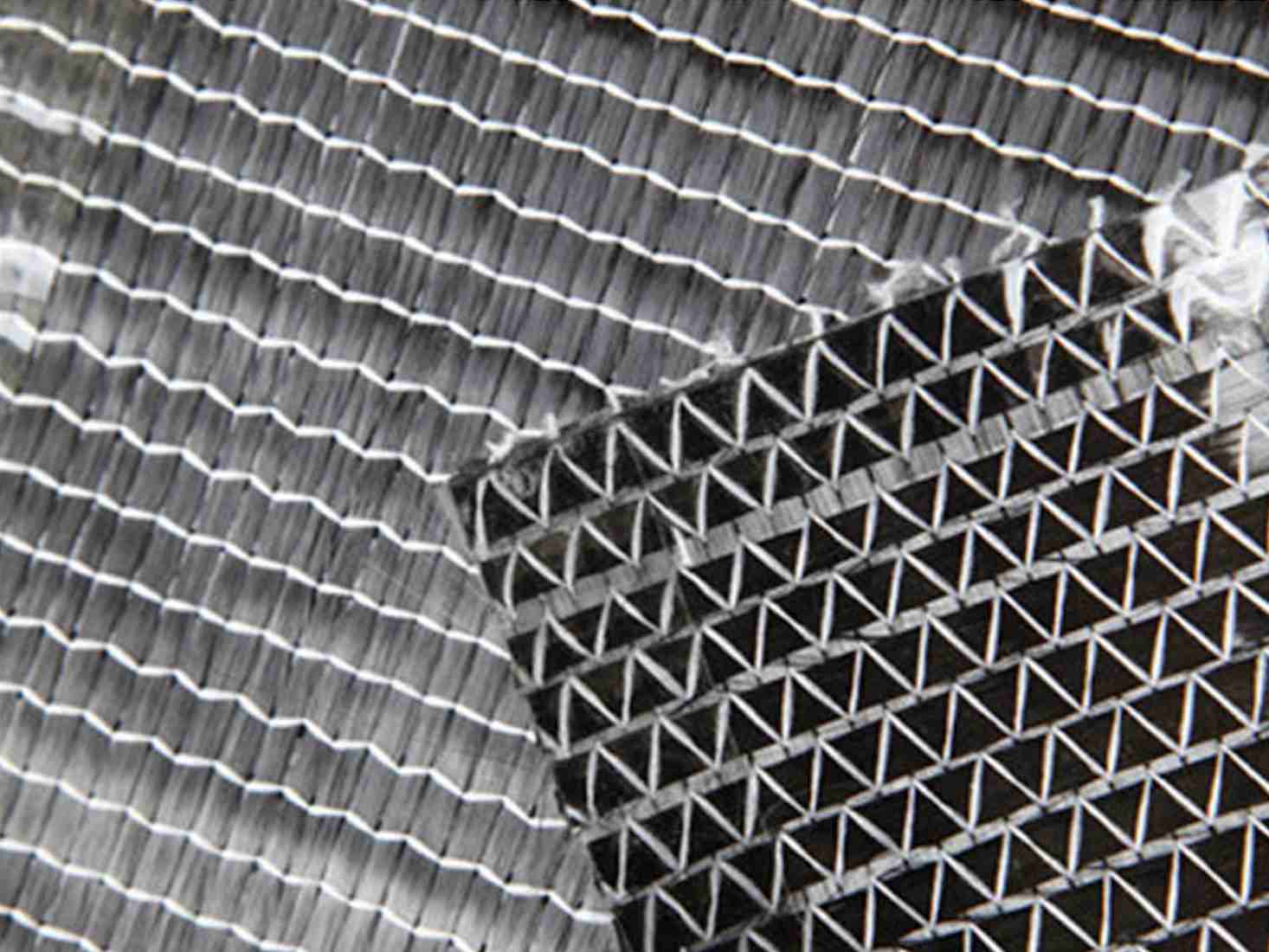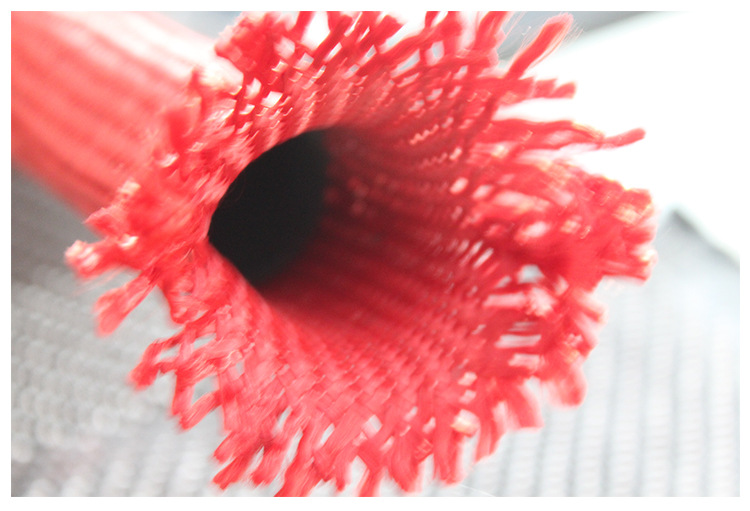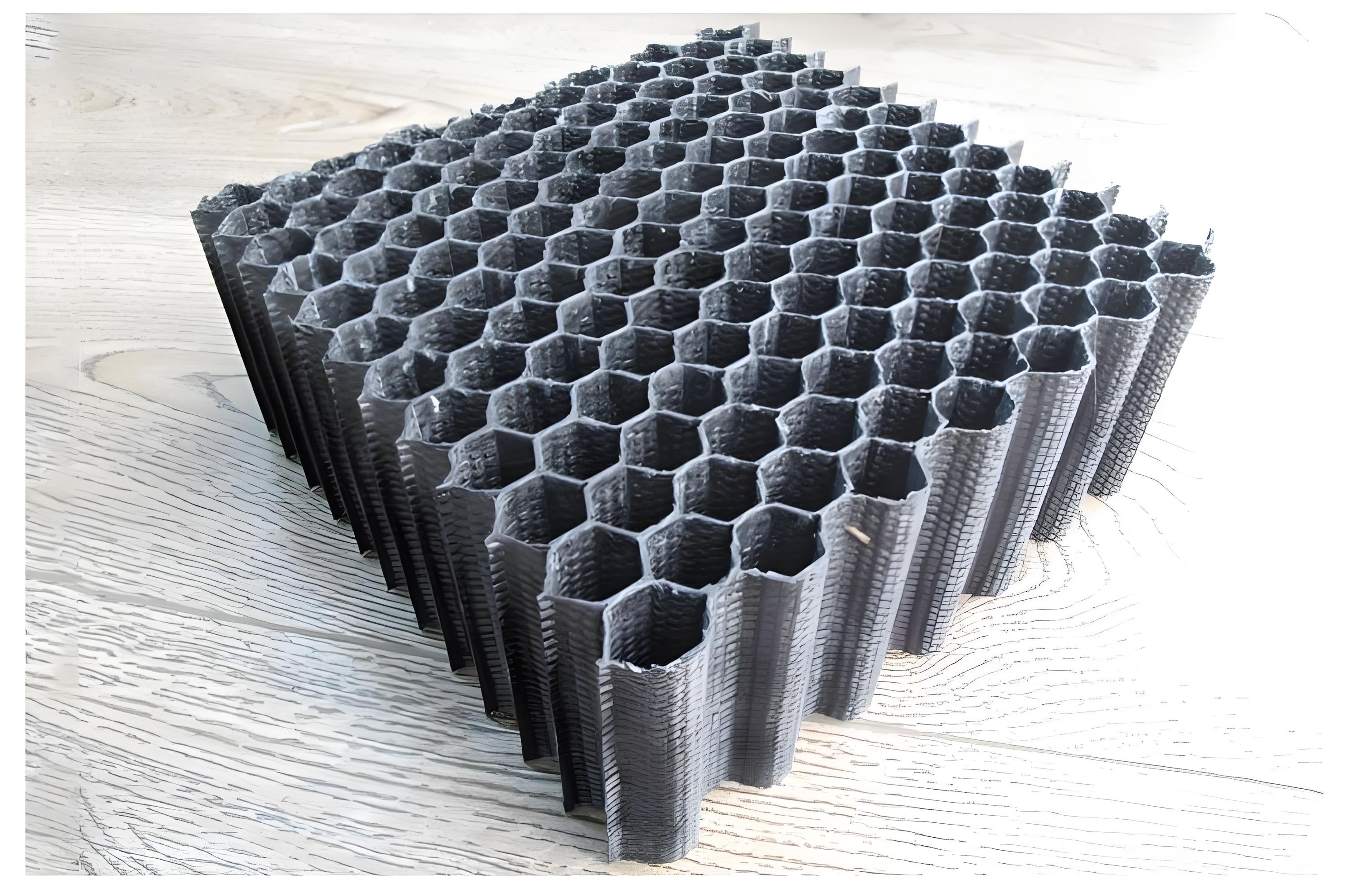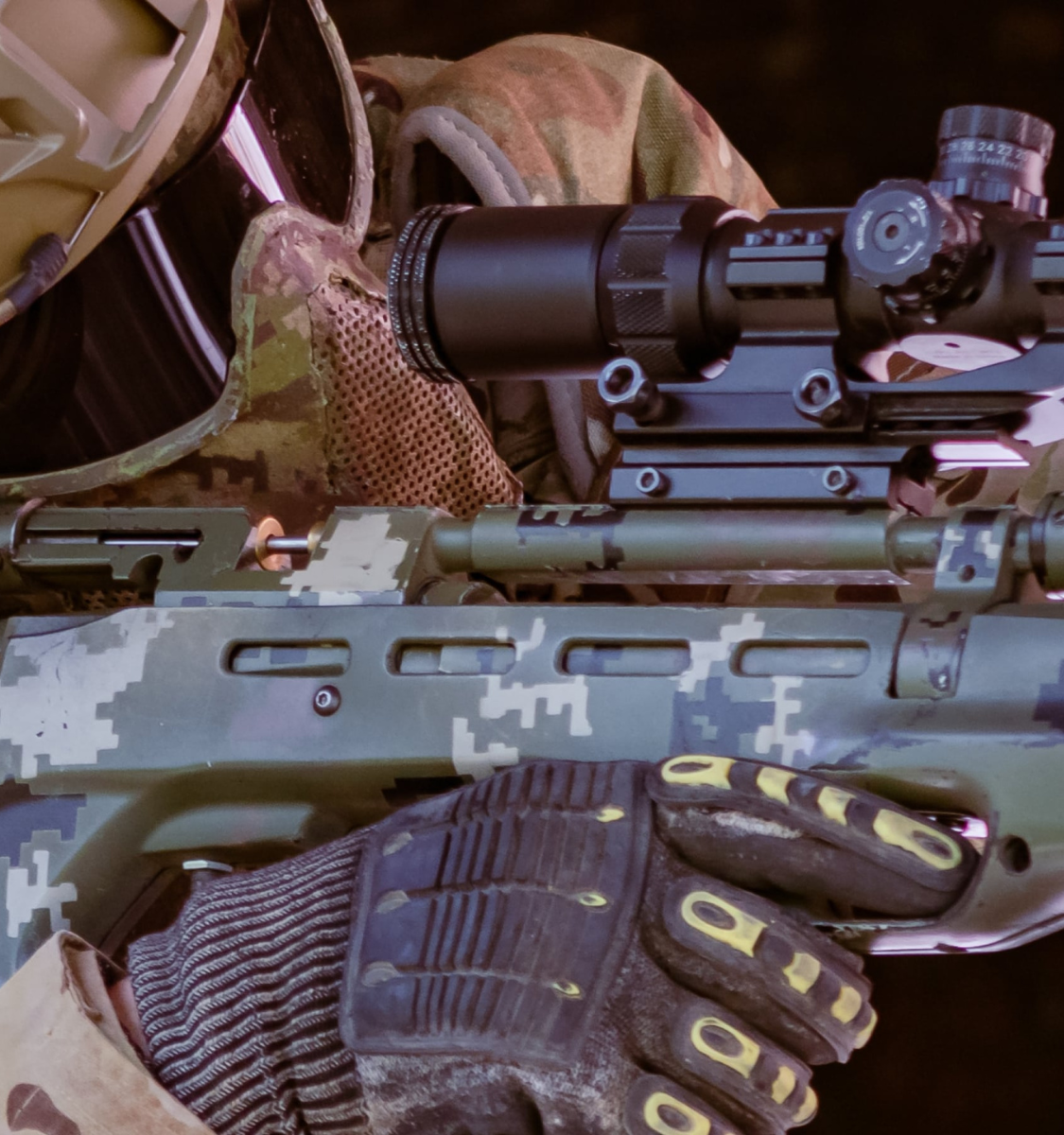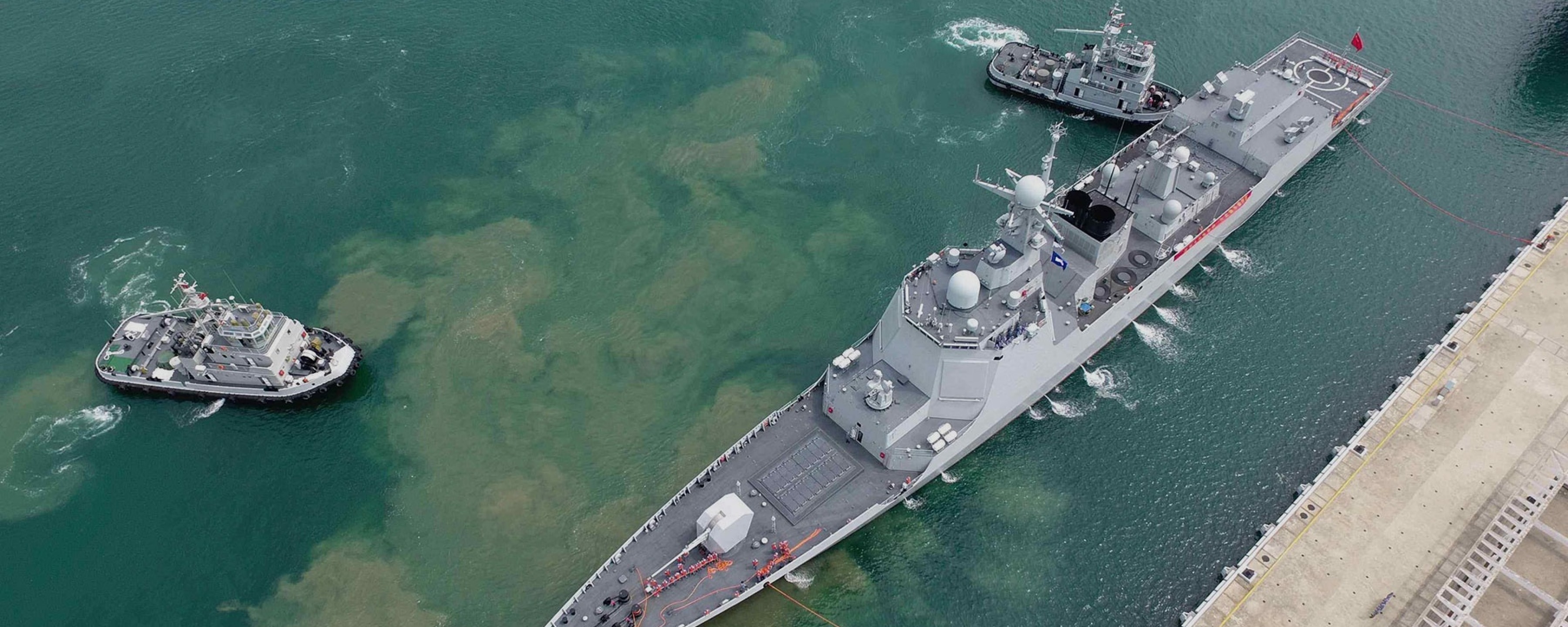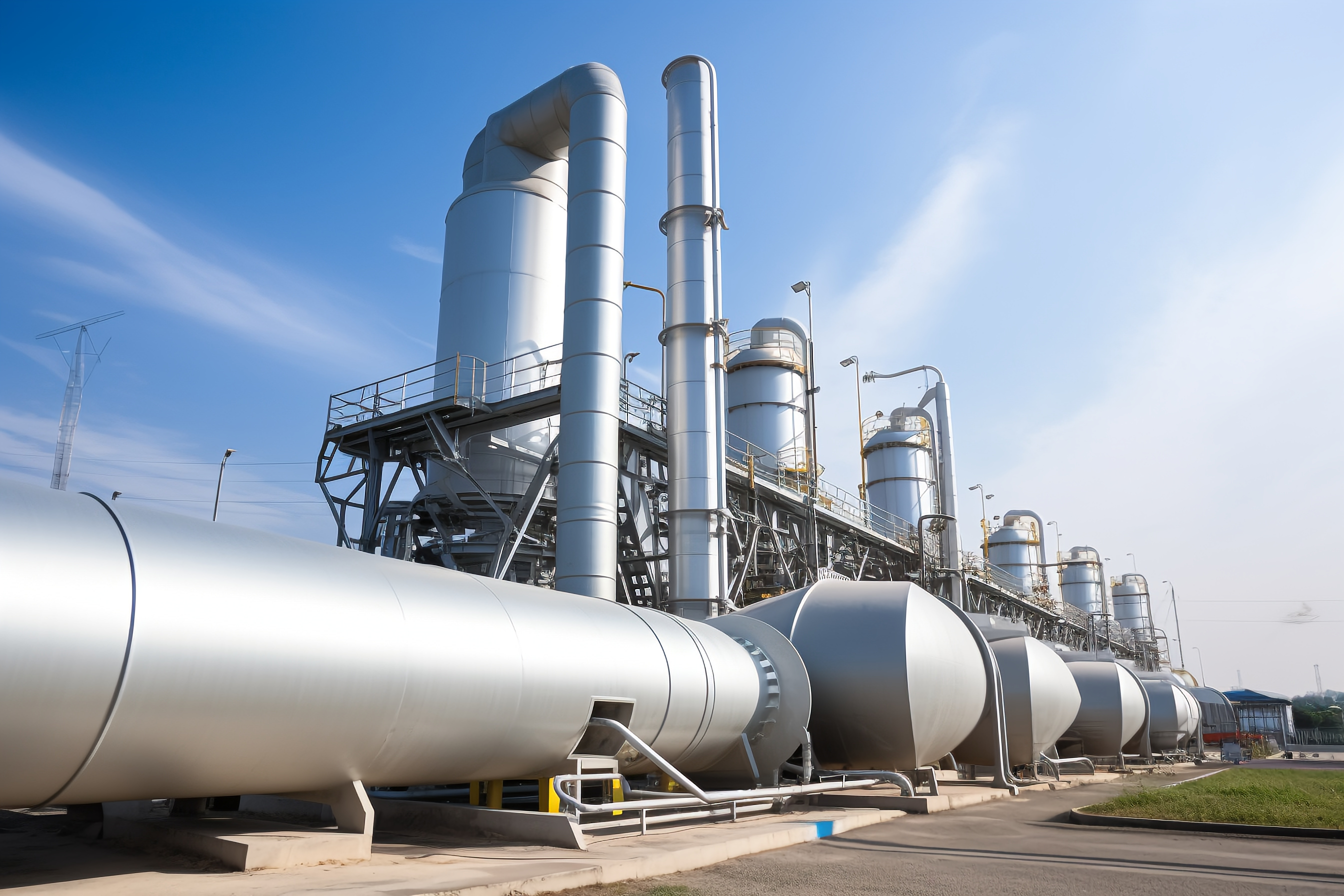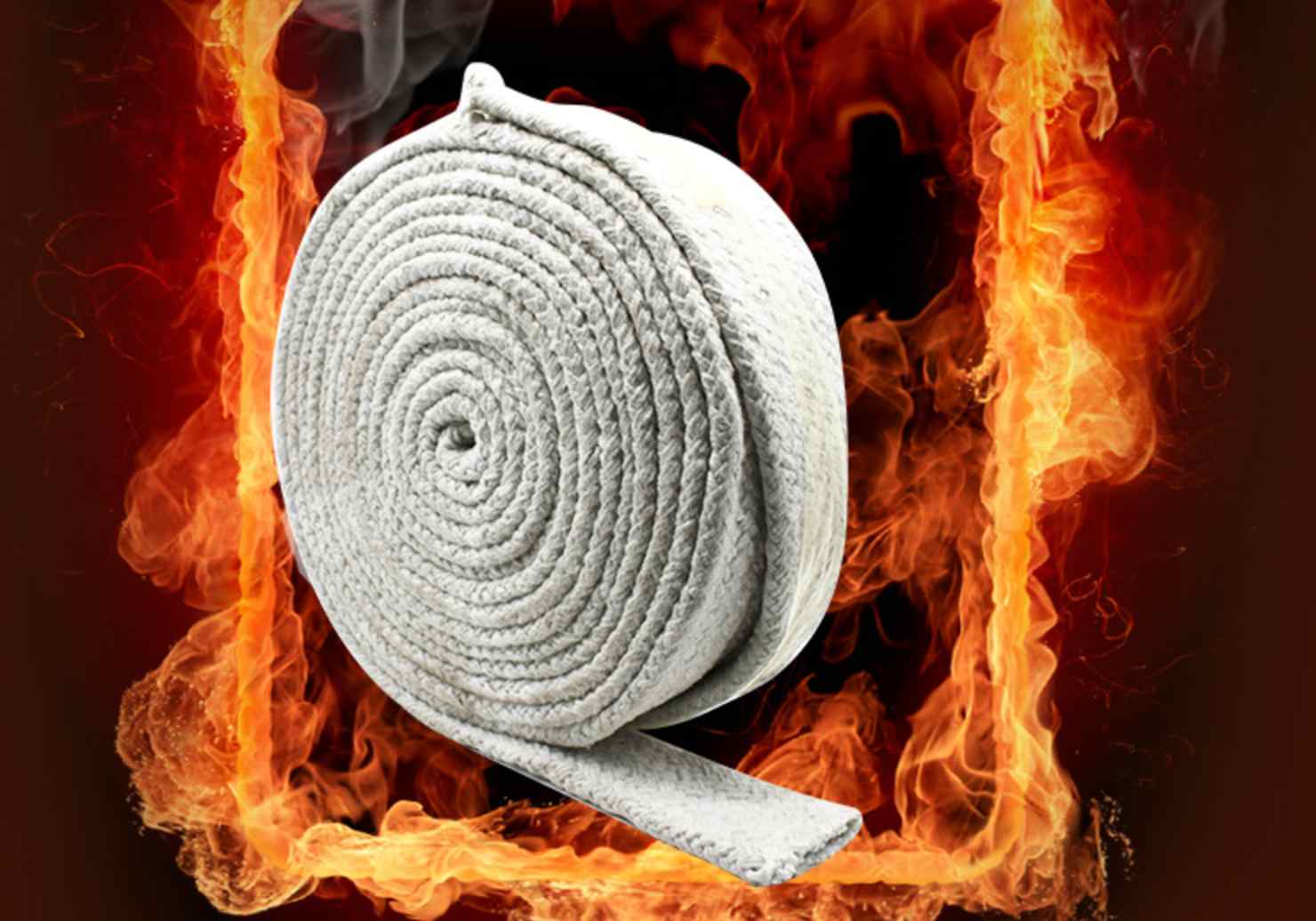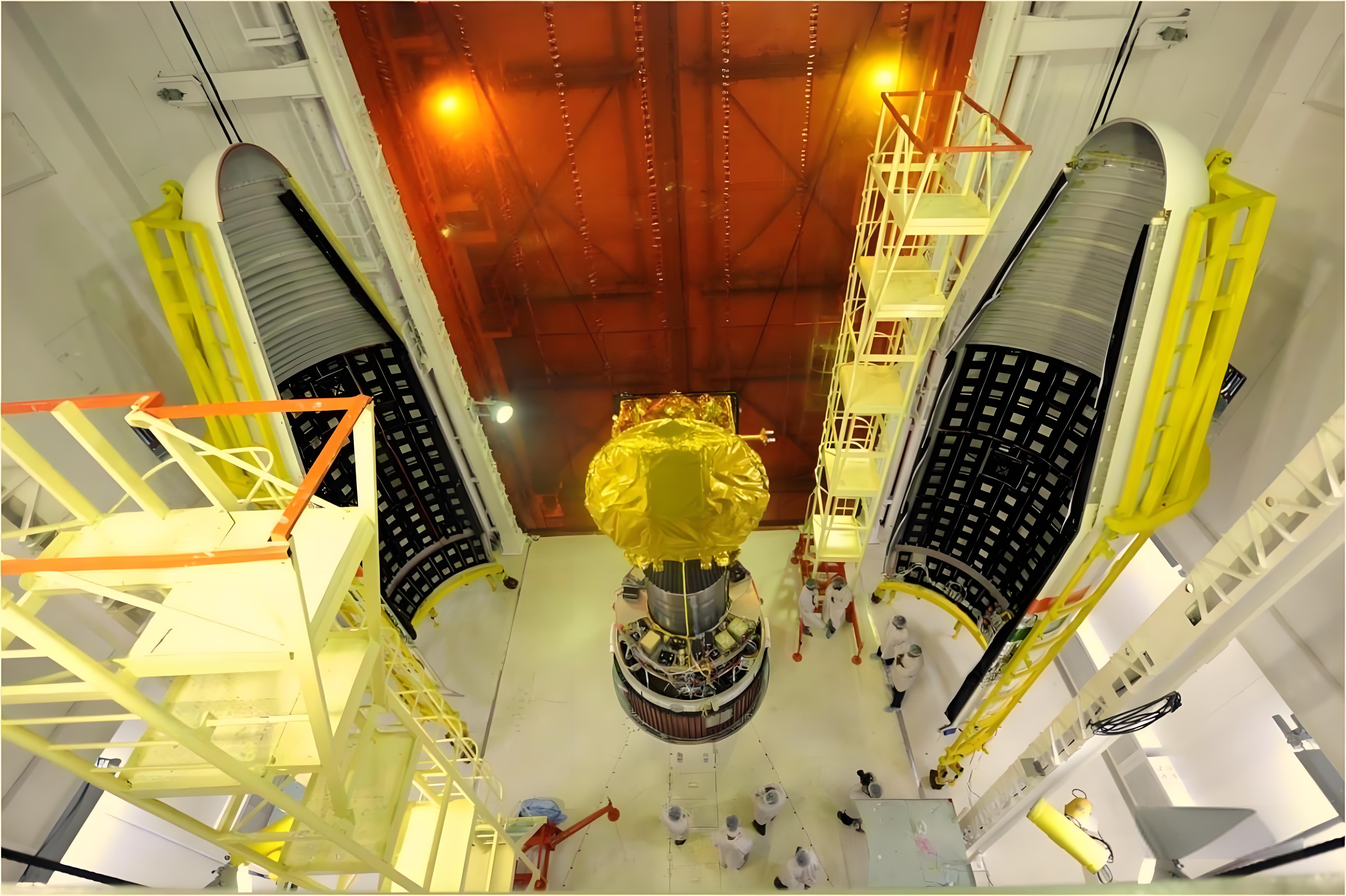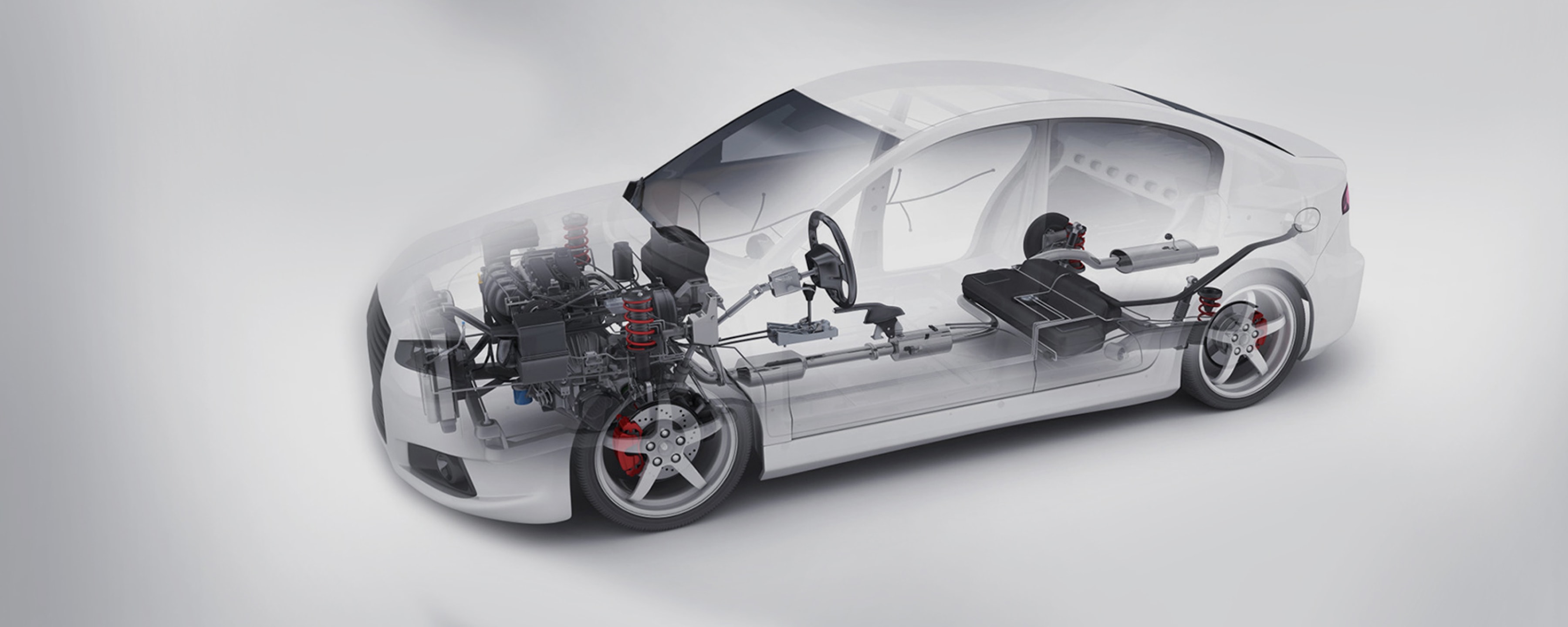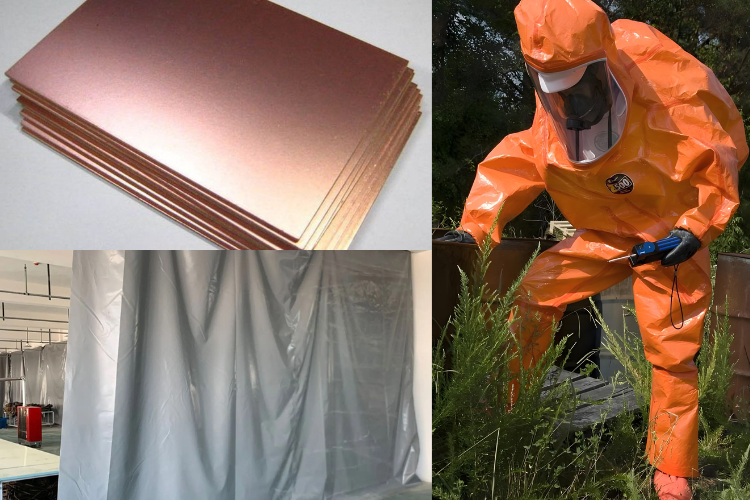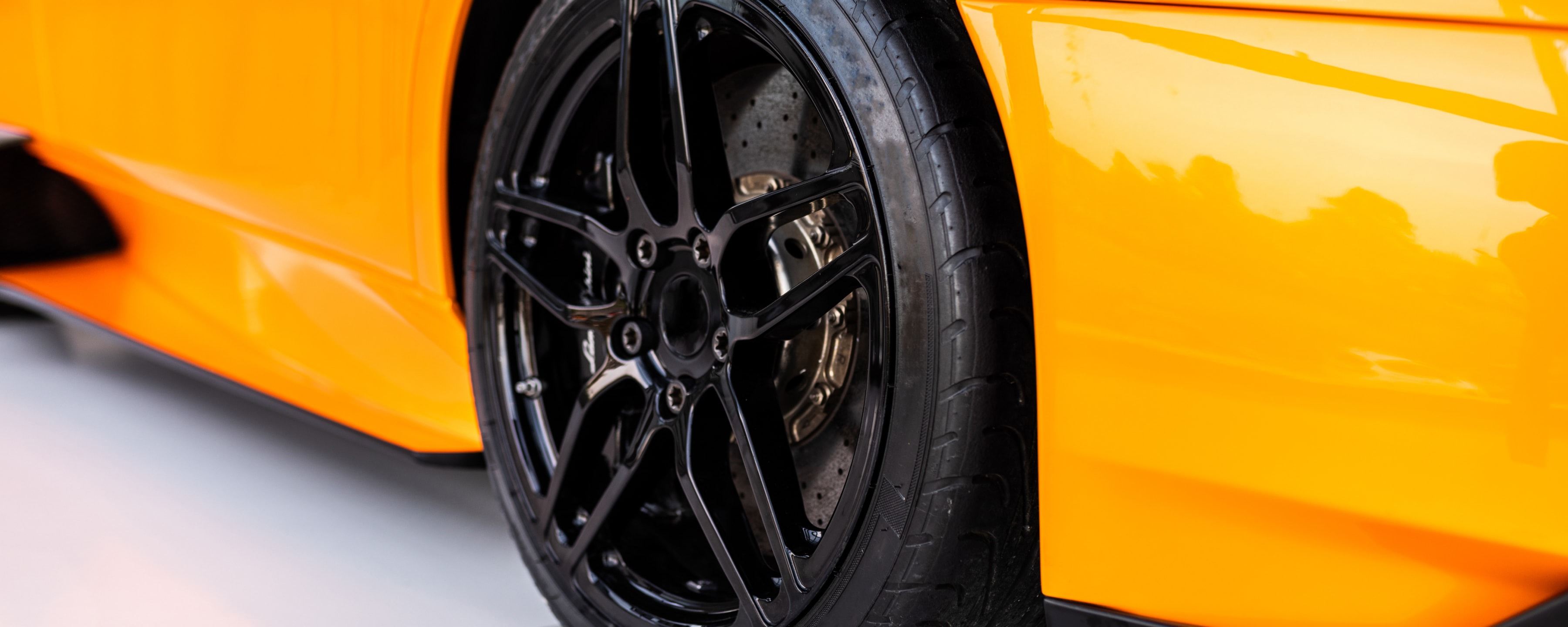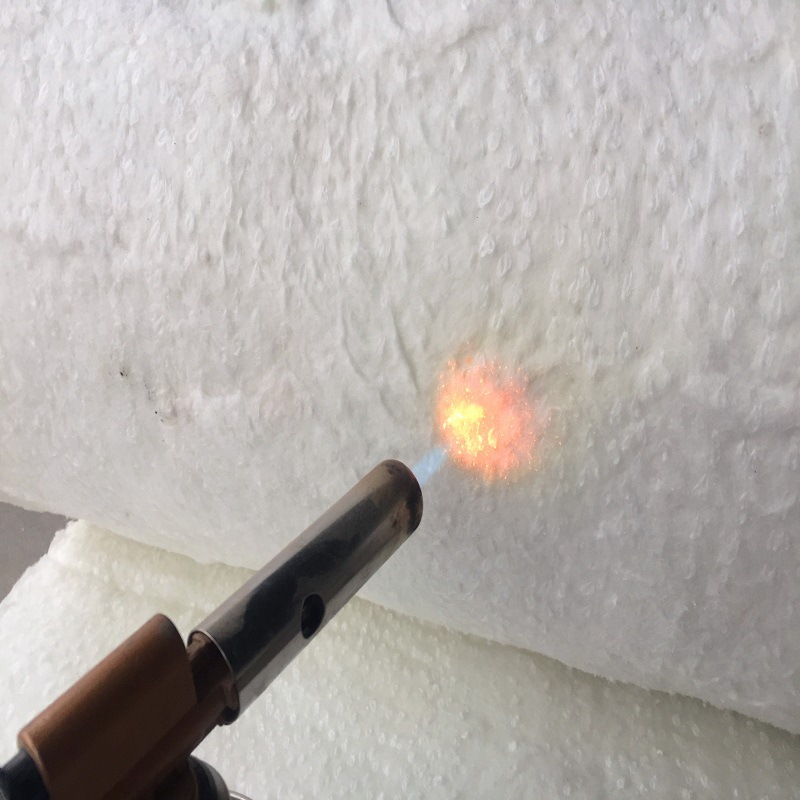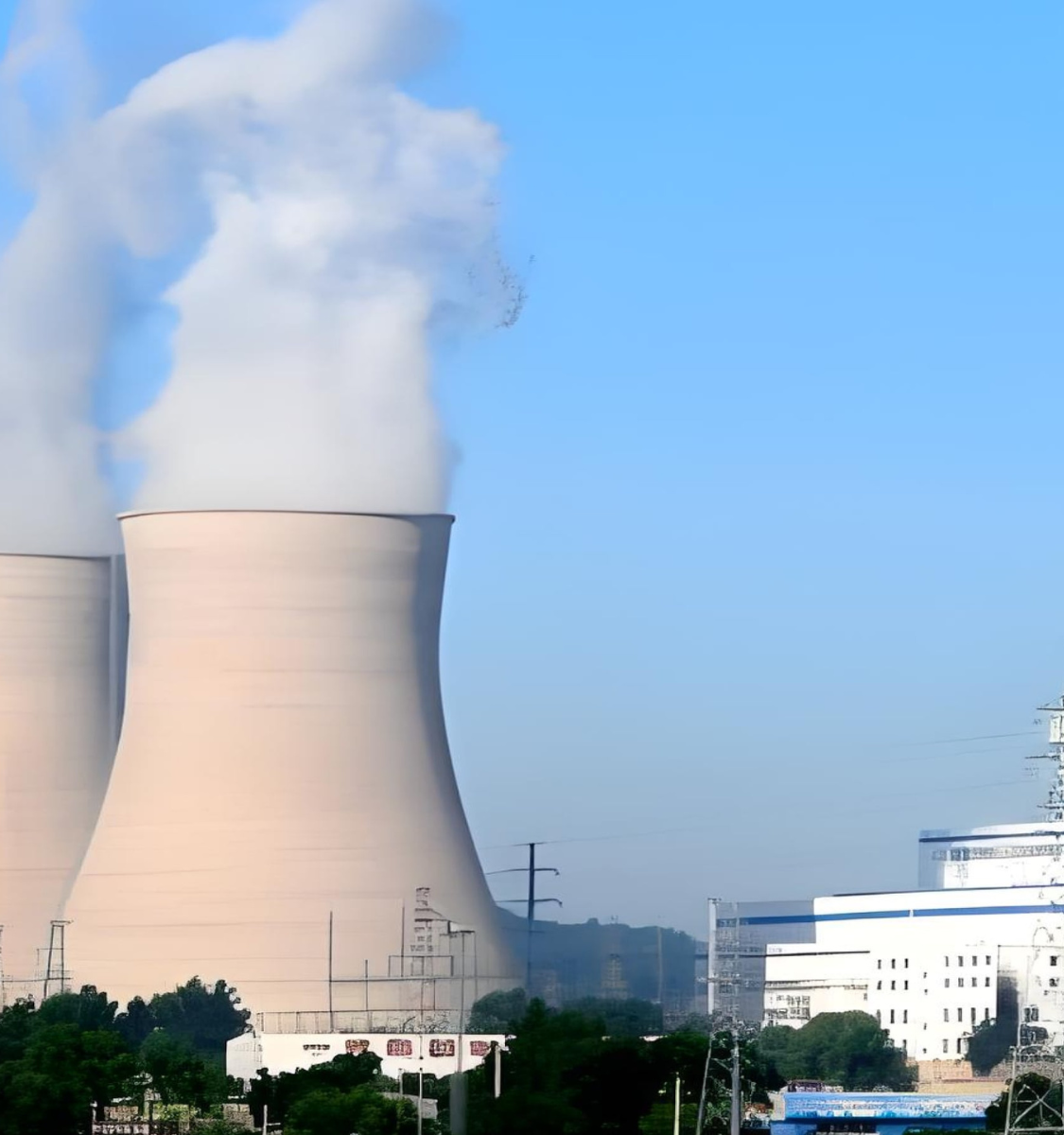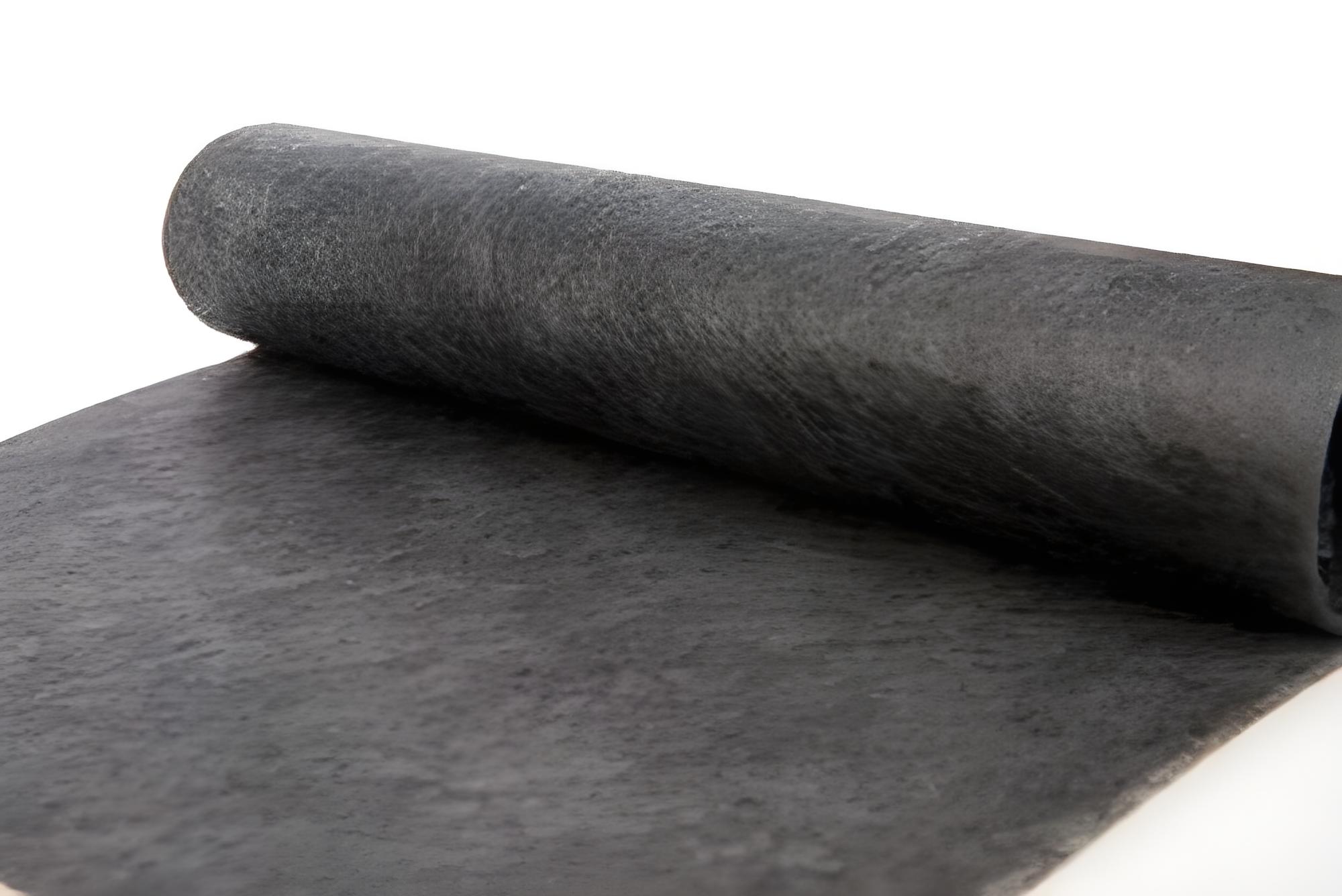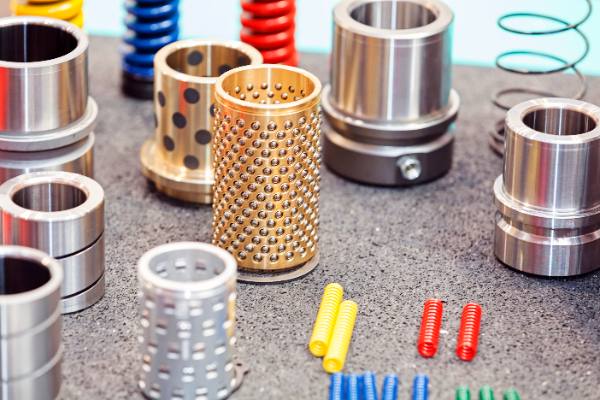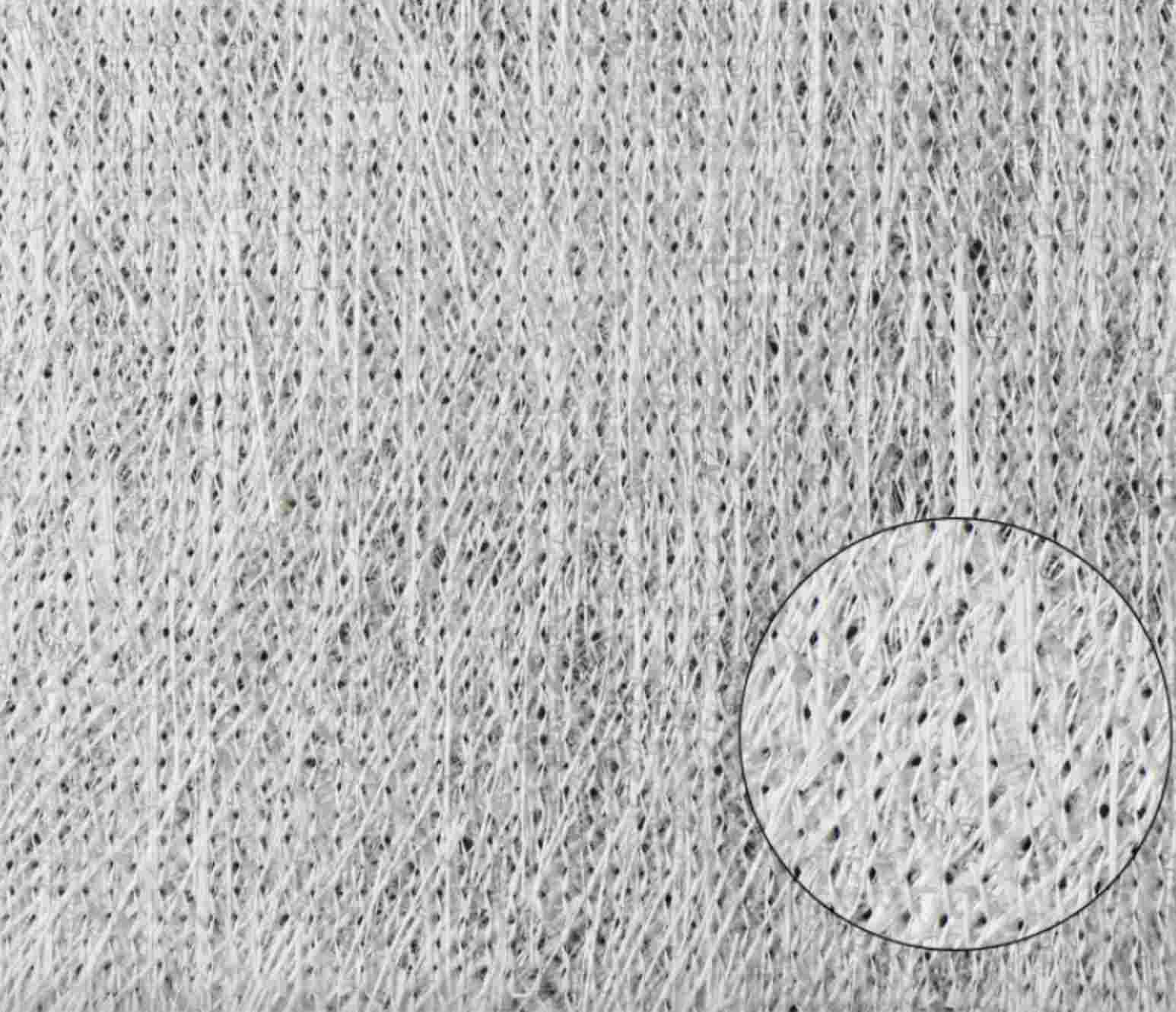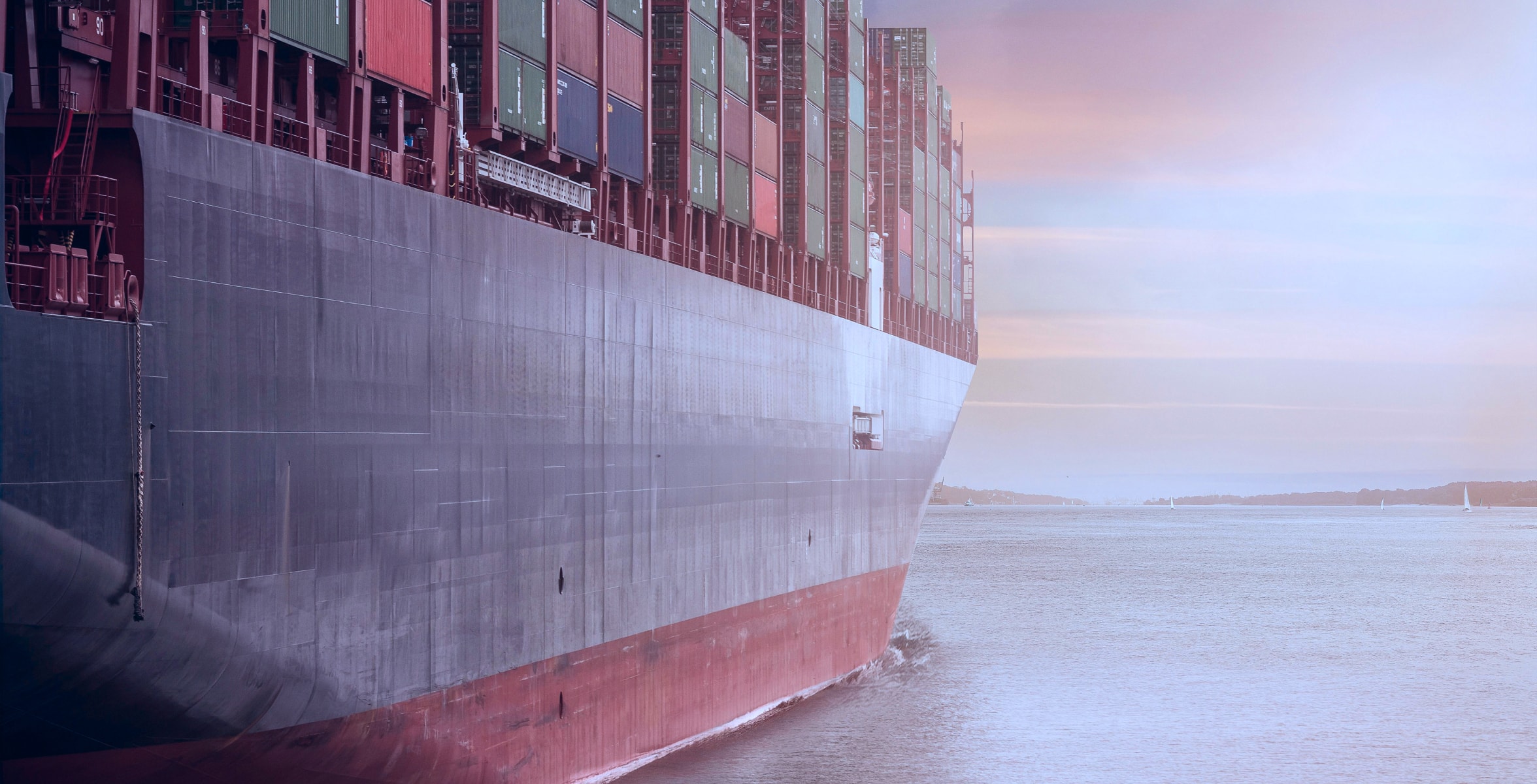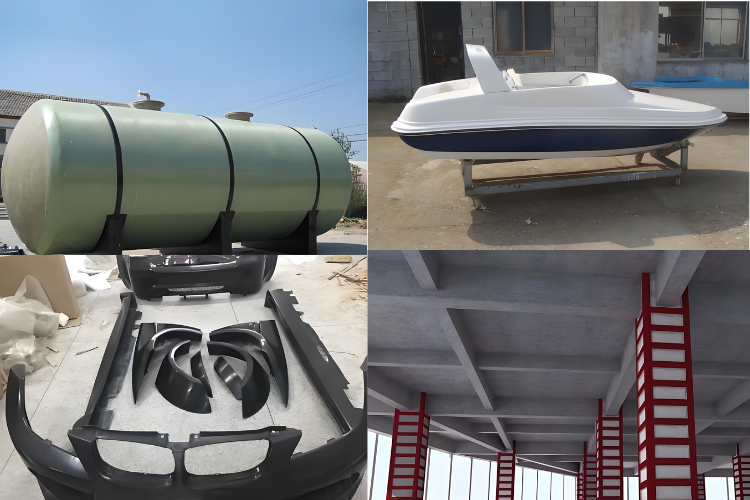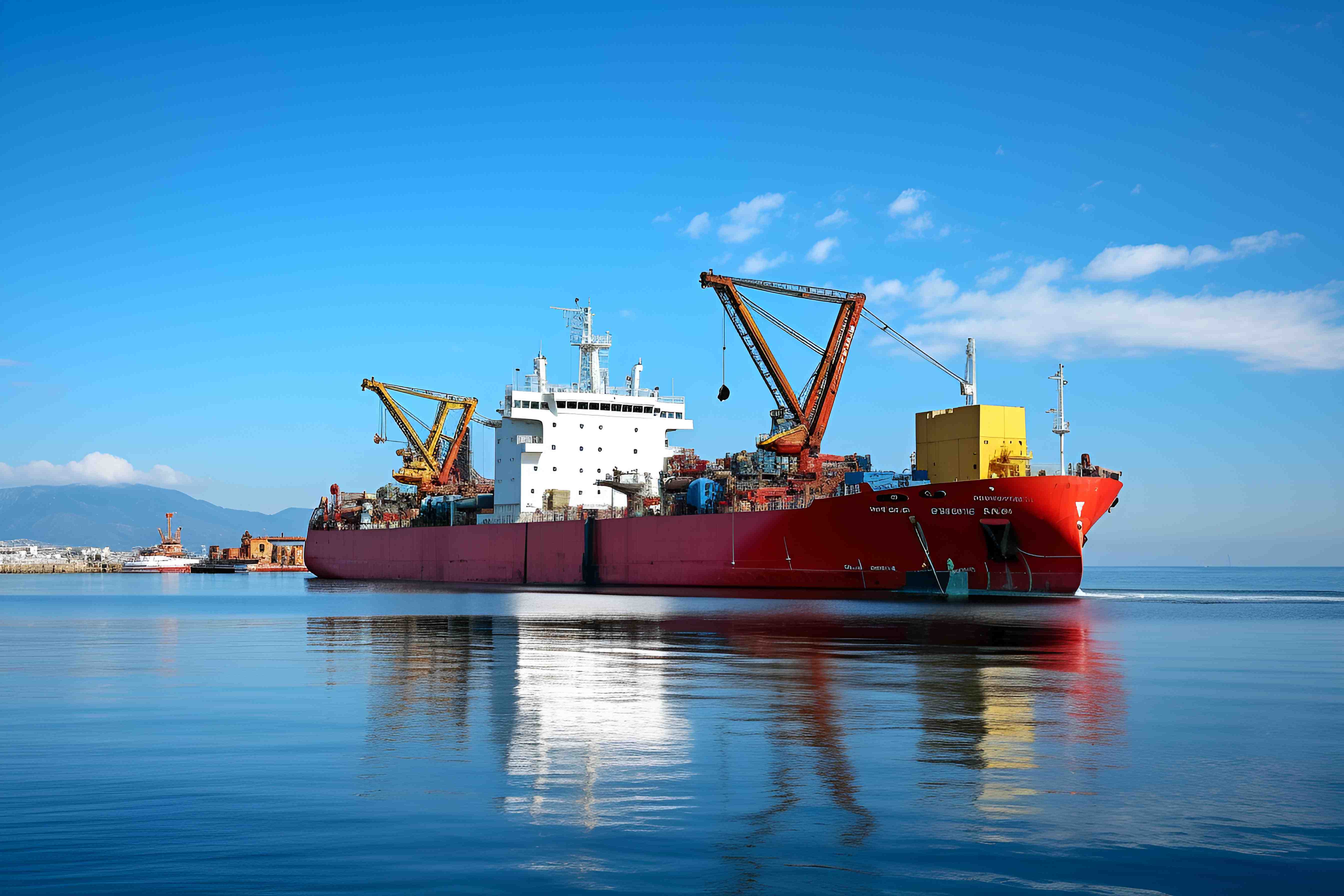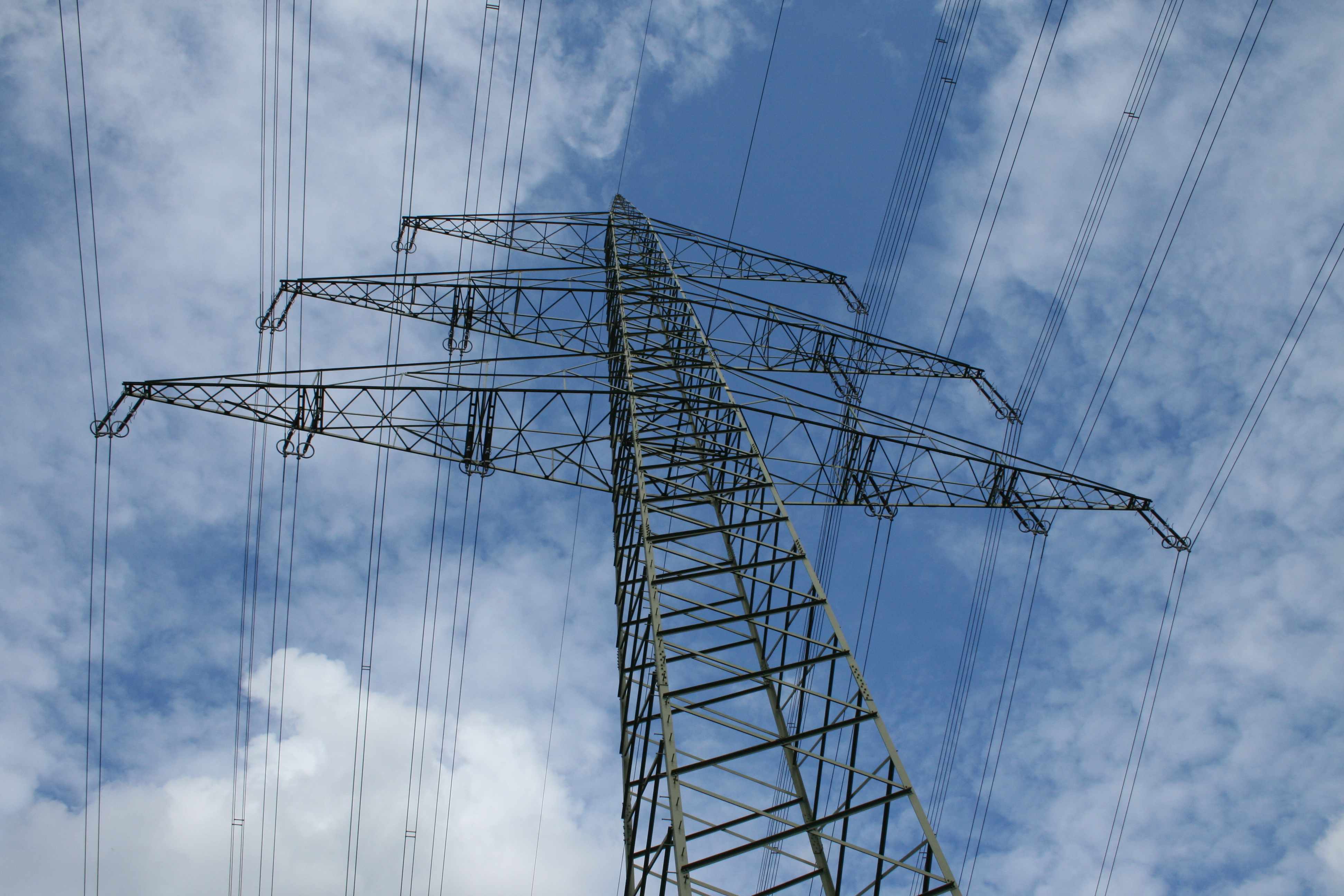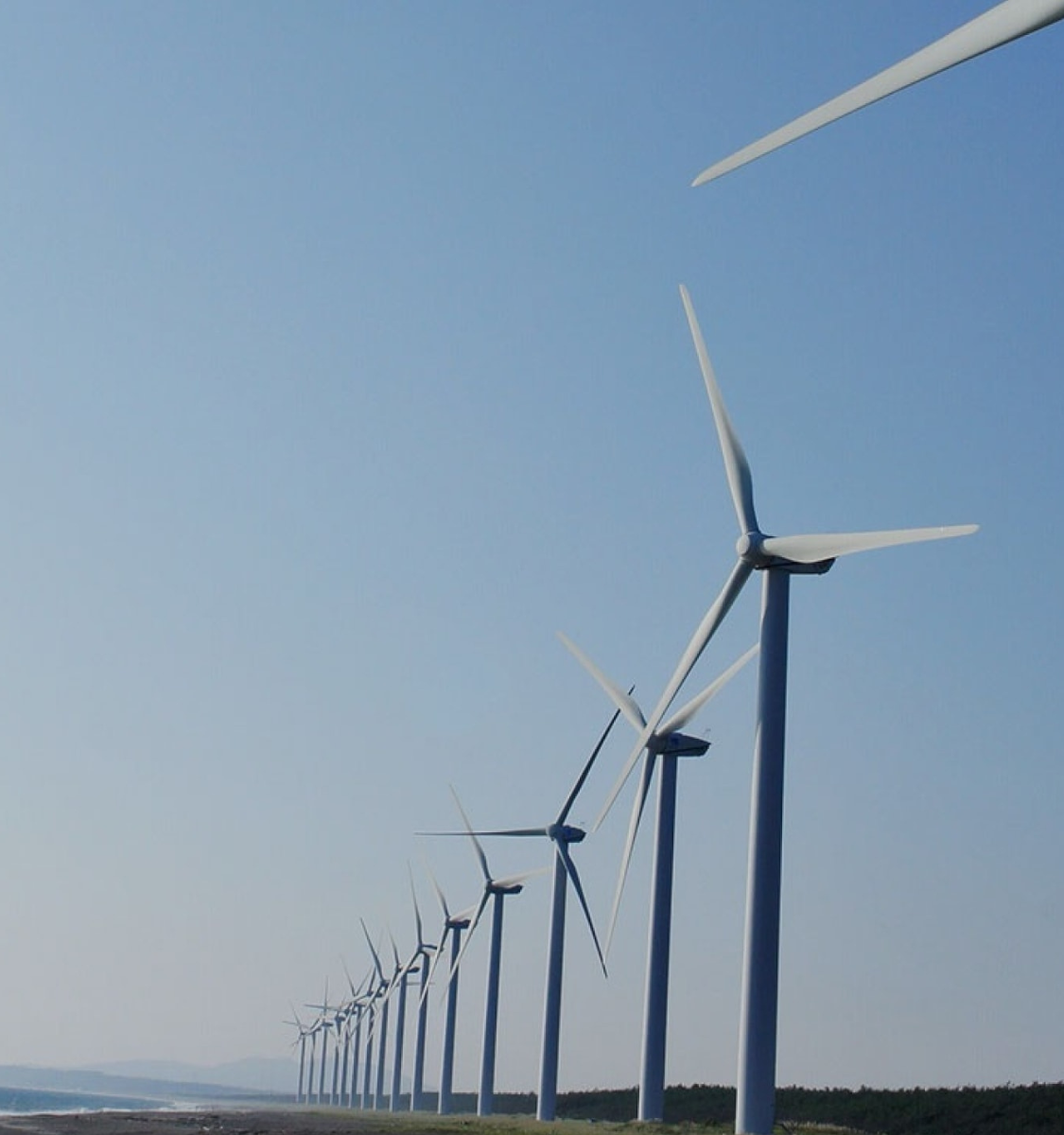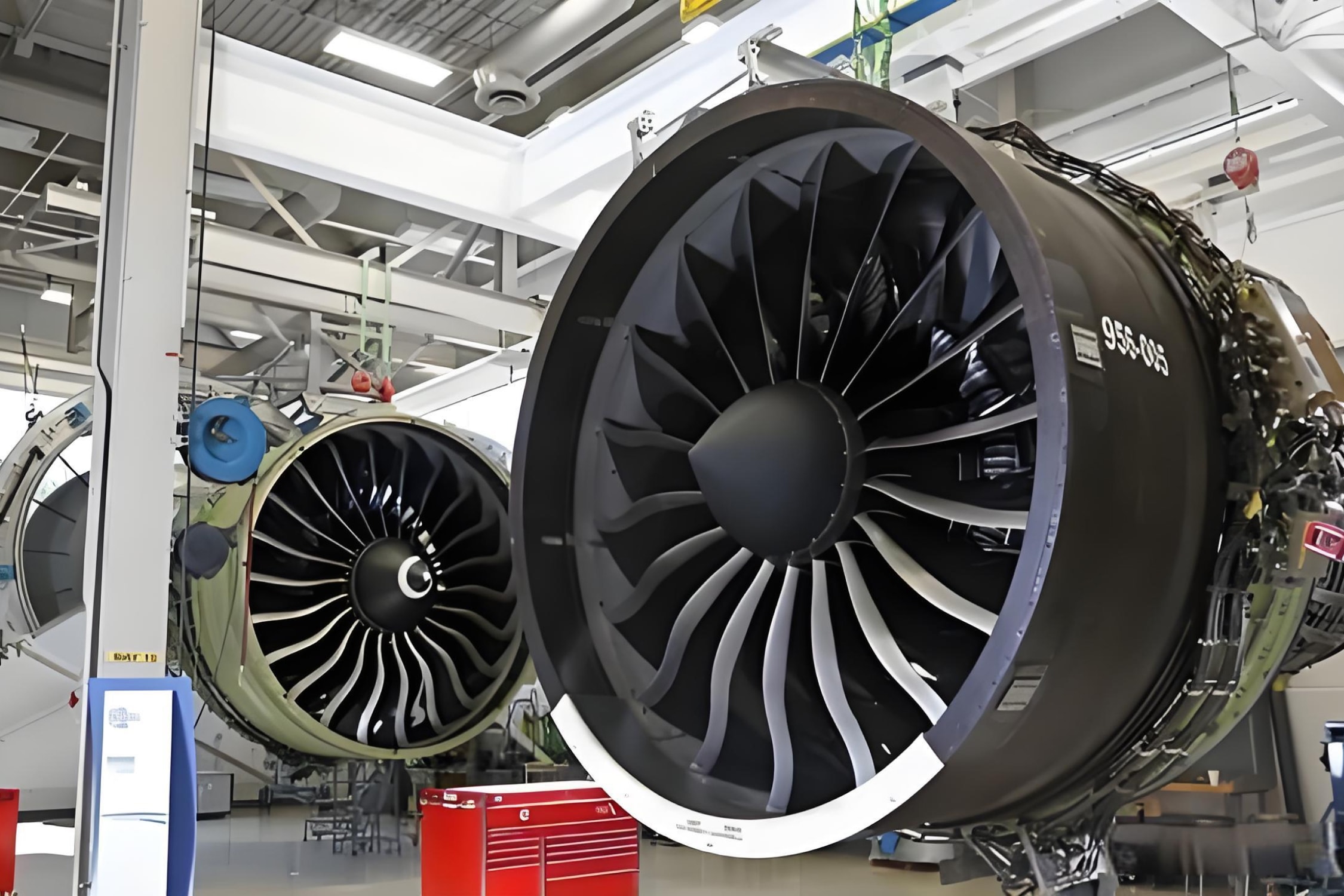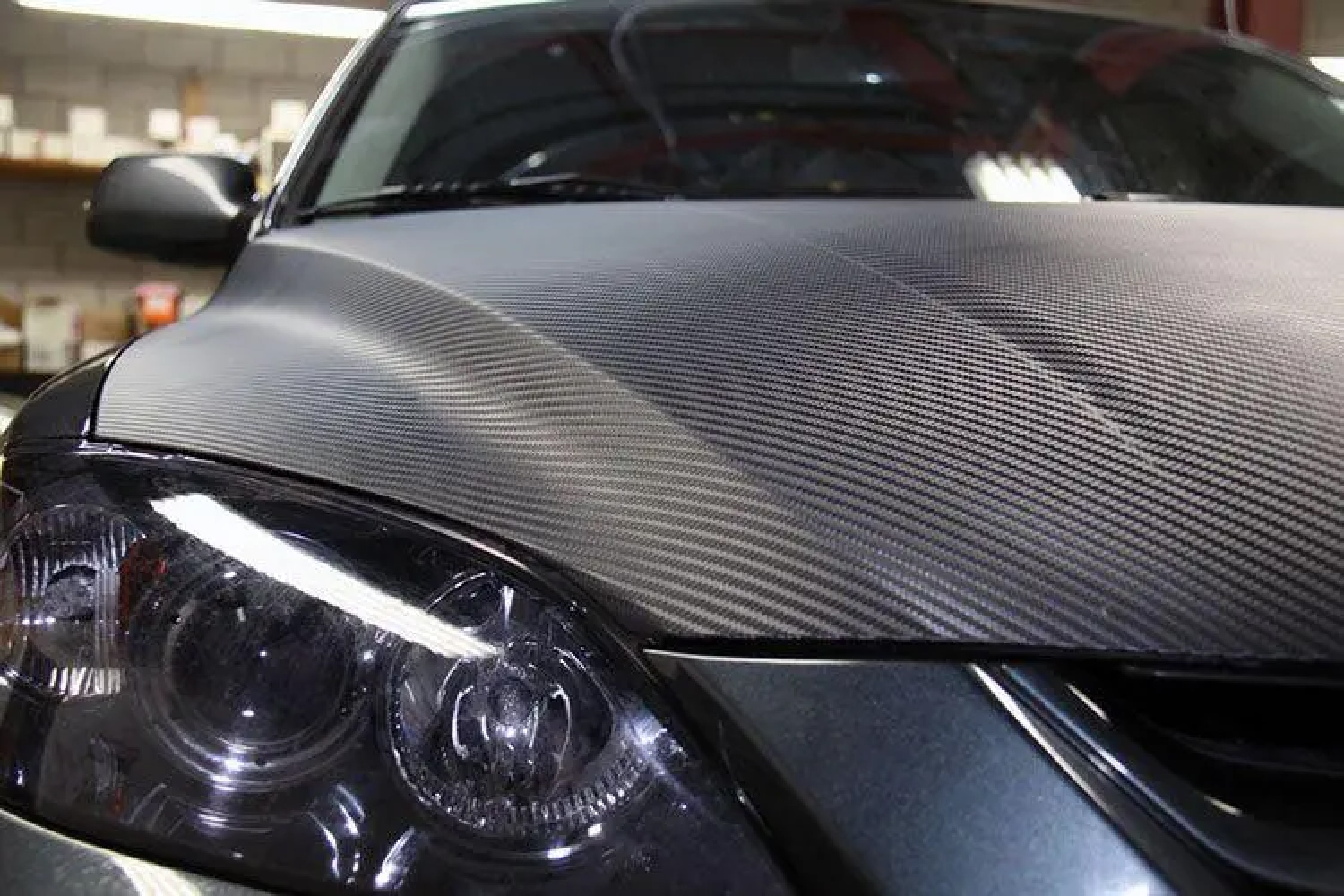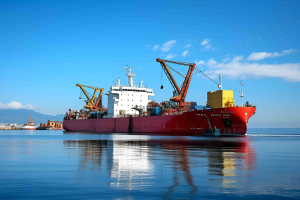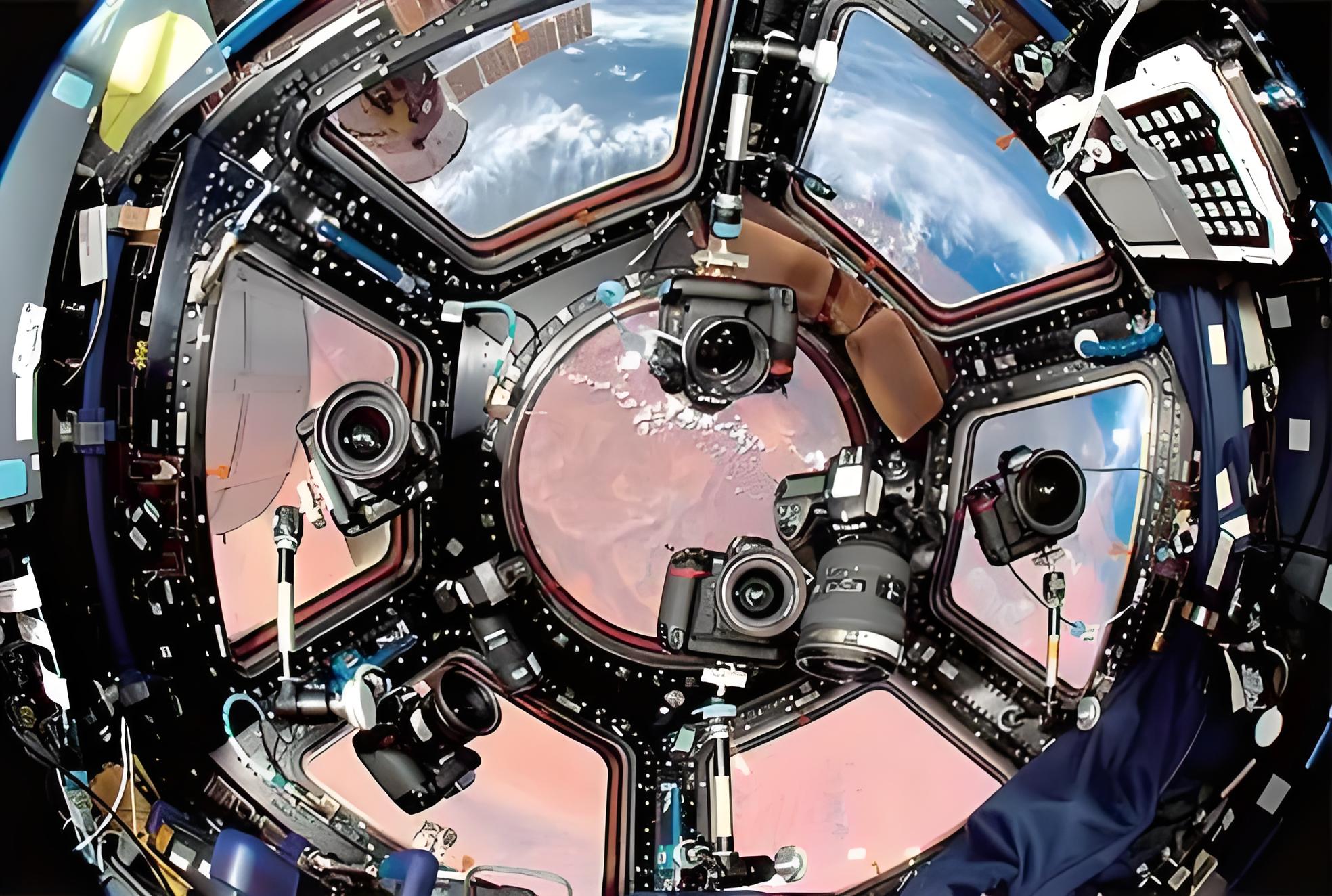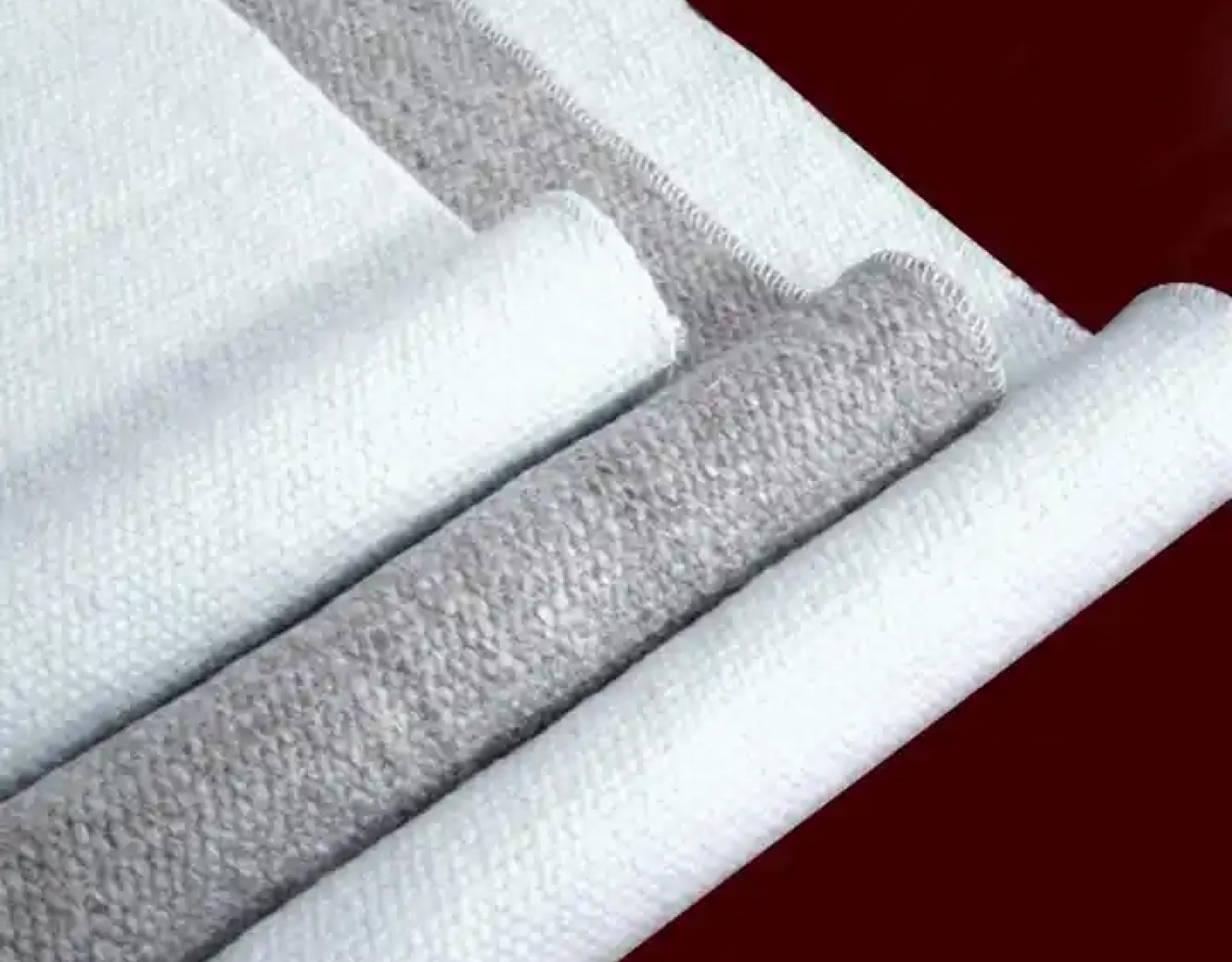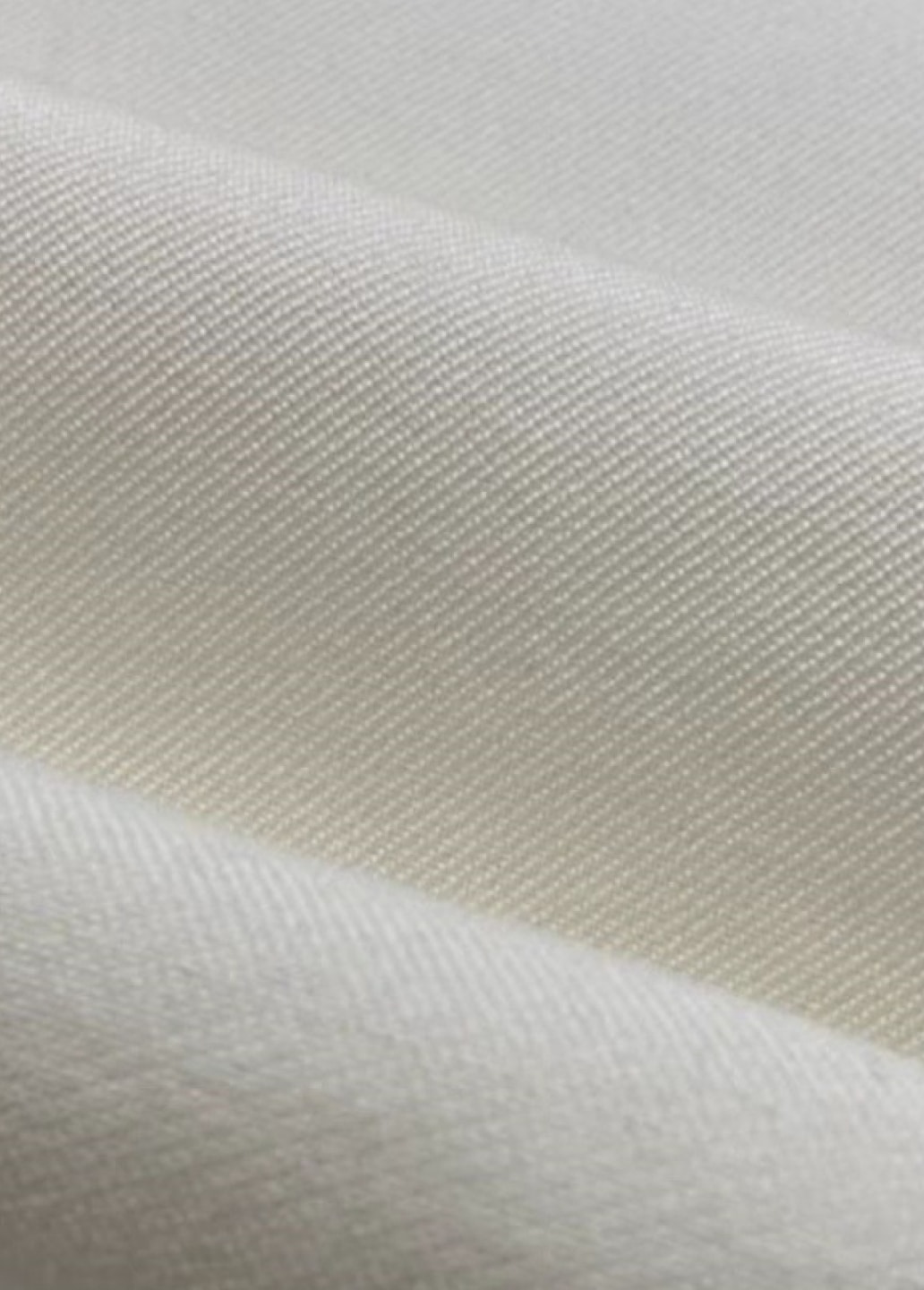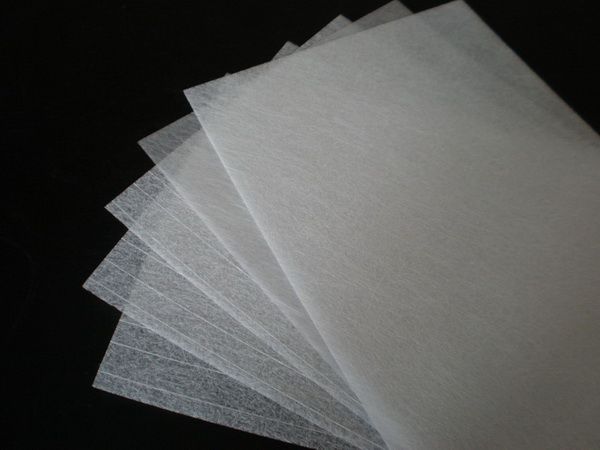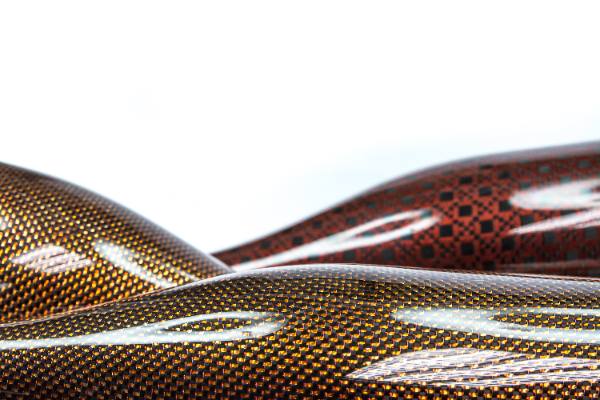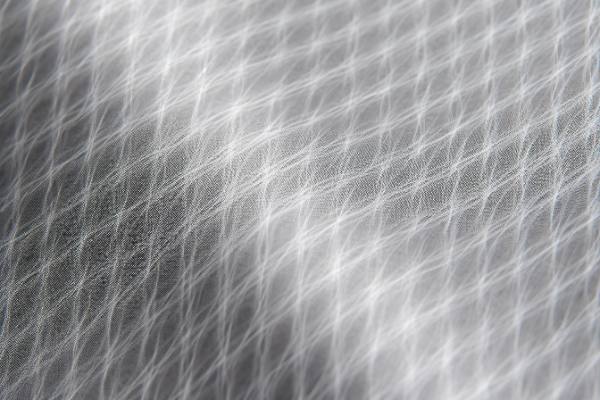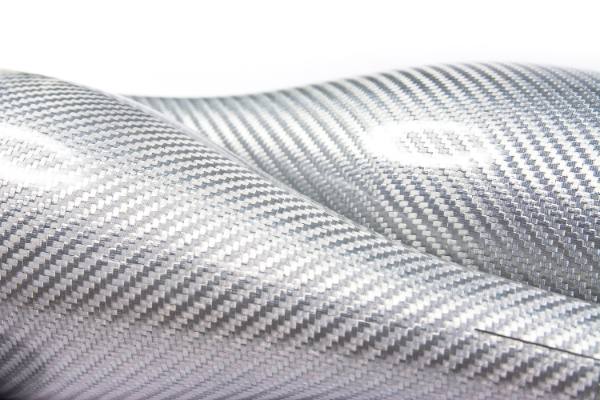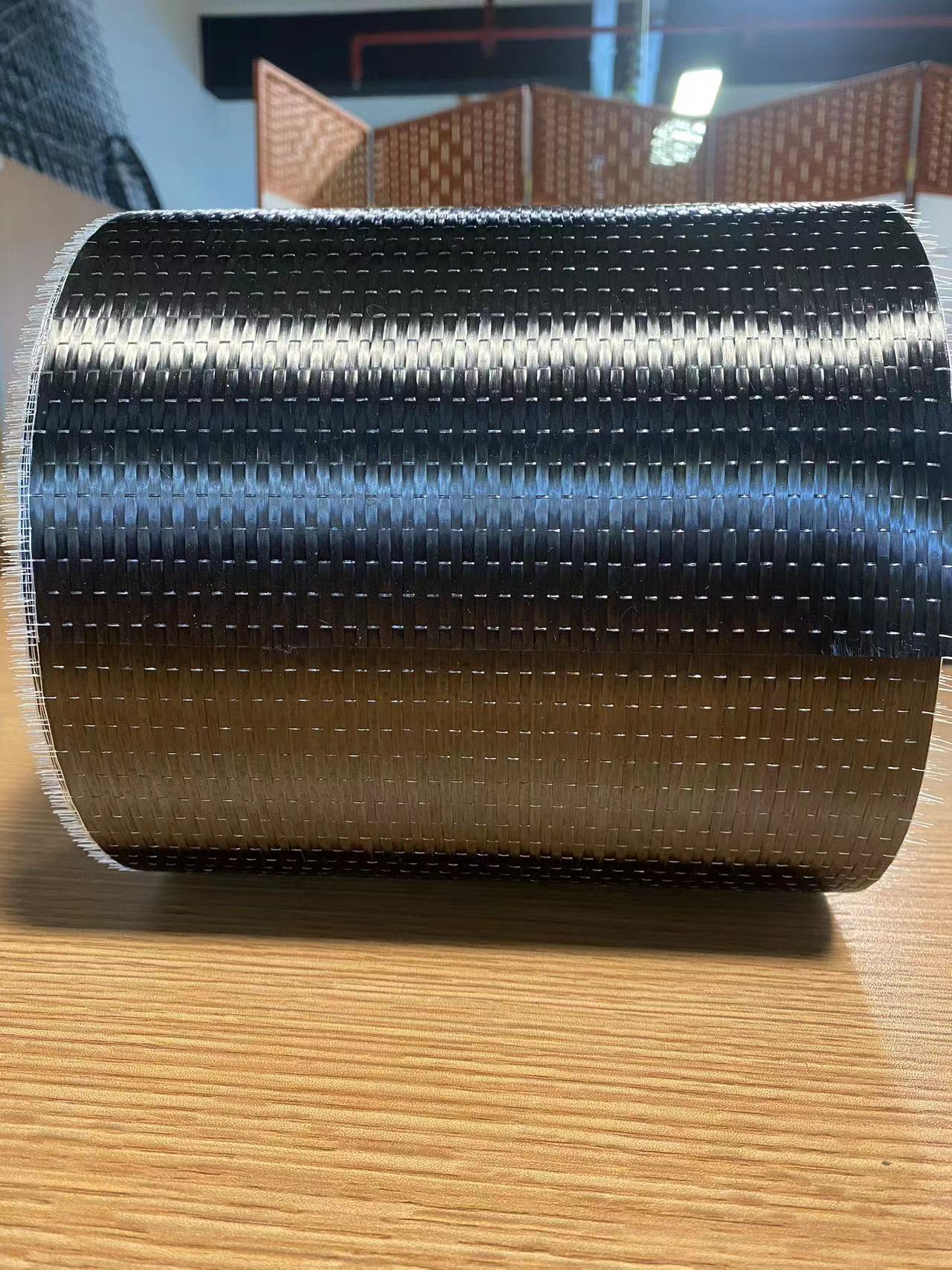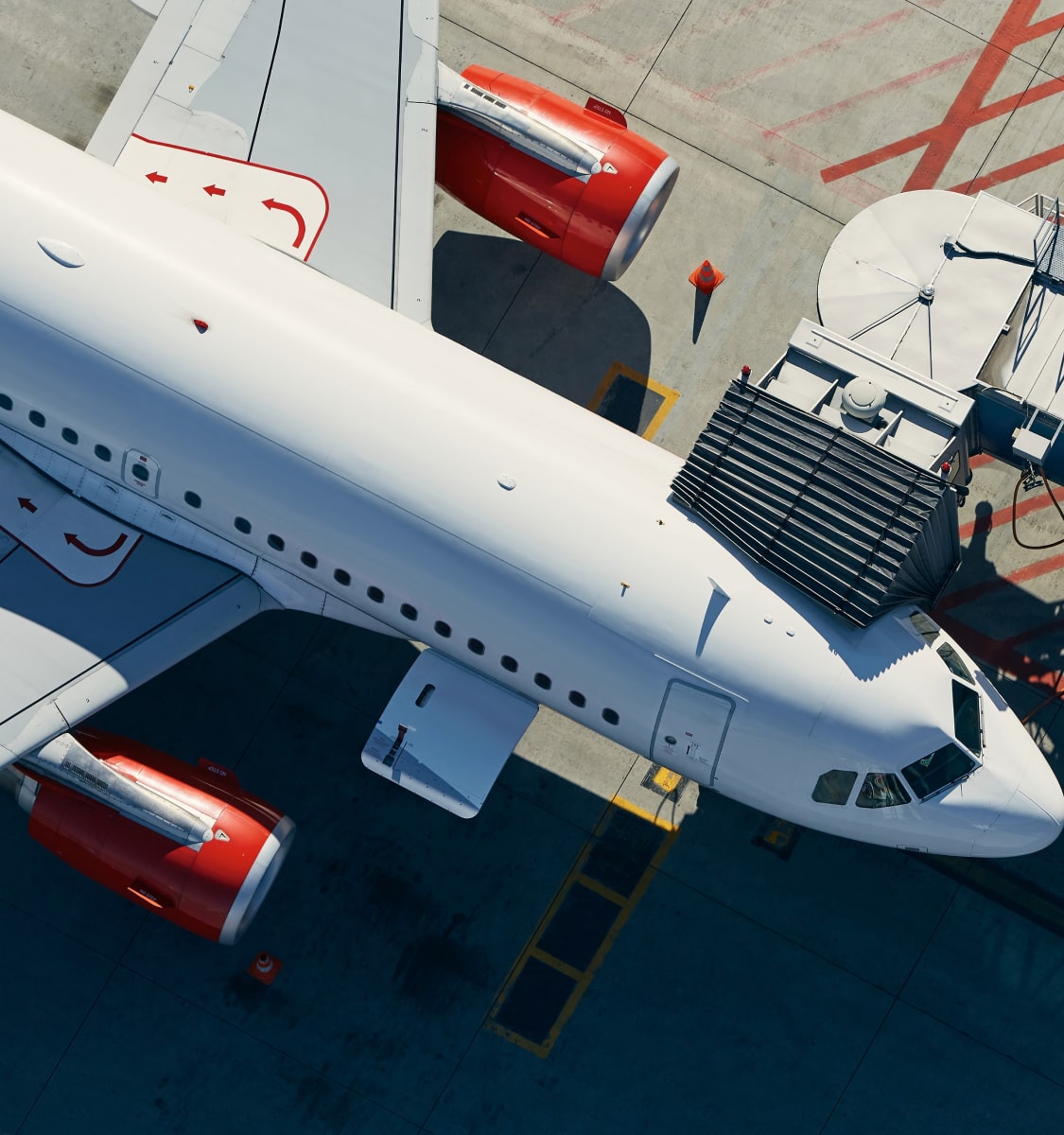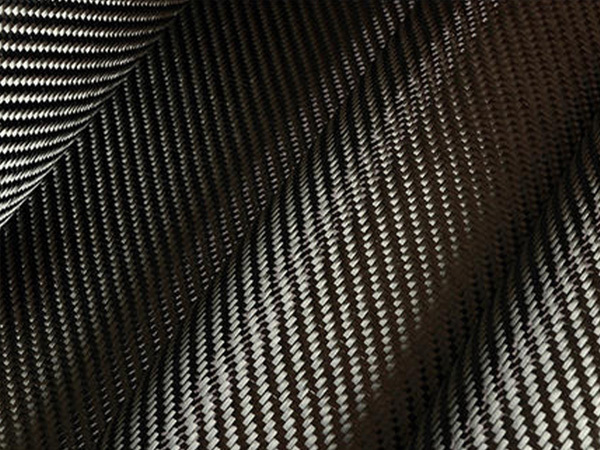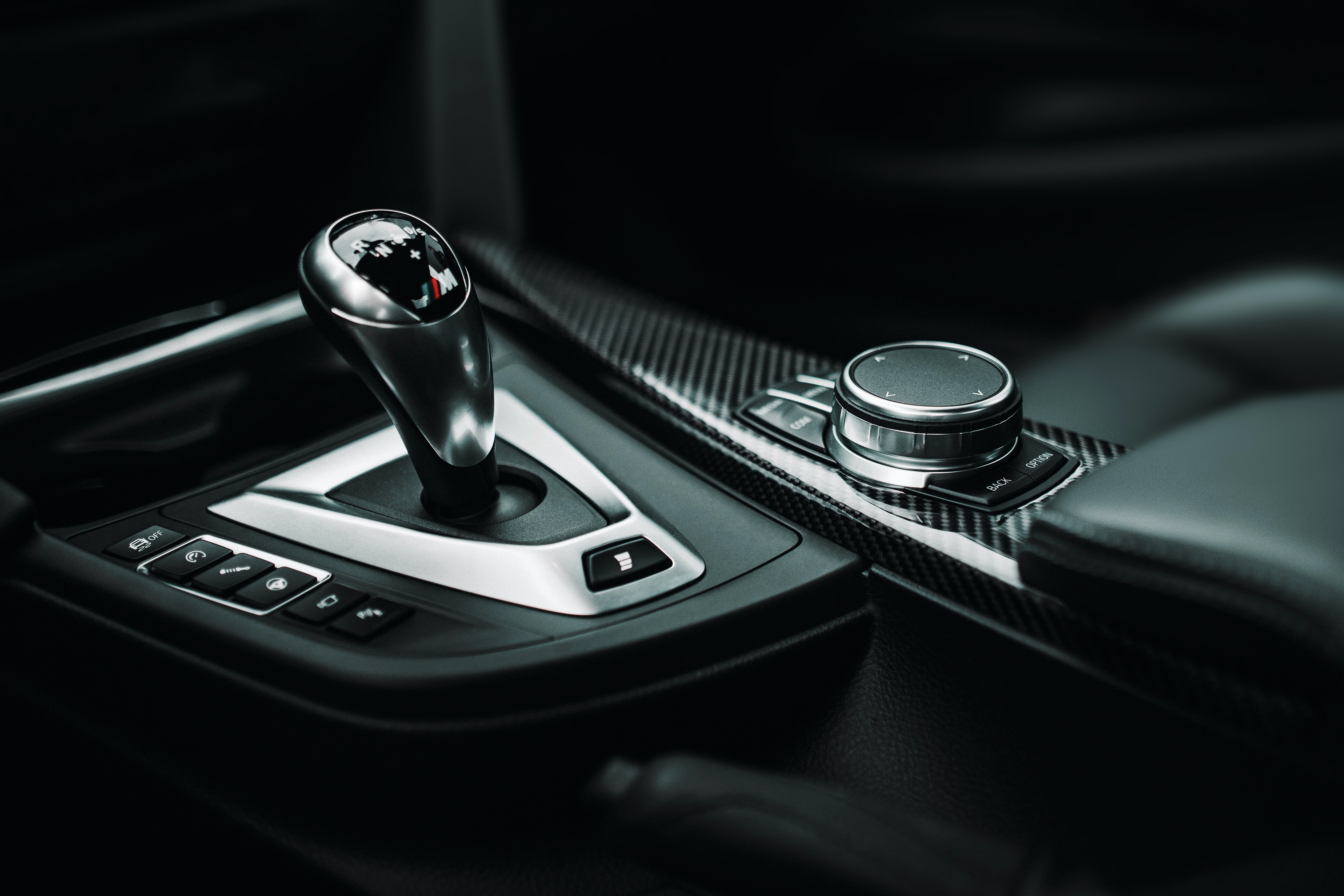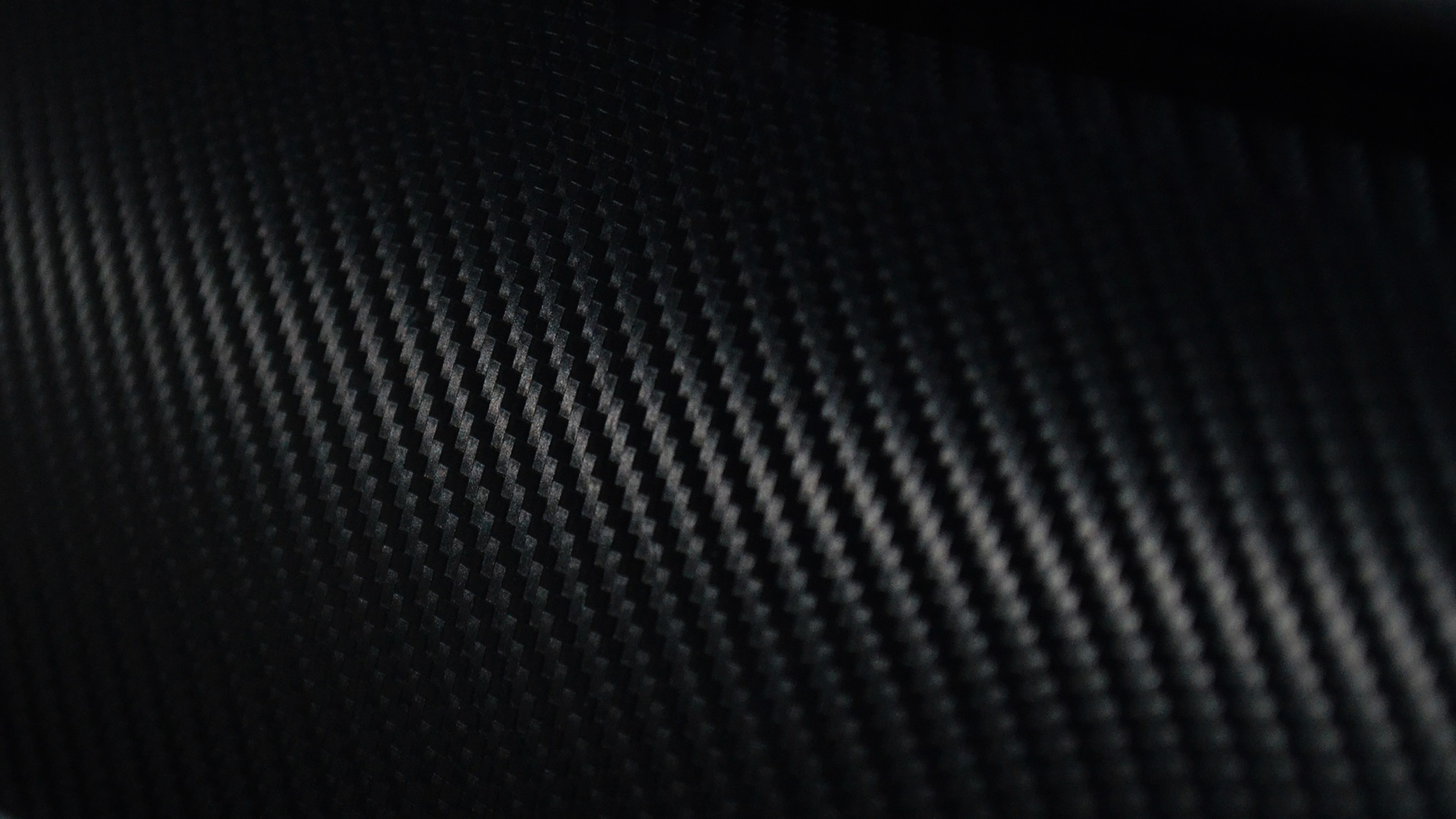+86-13732282311
merlin@xcellentcomposites.com
Let the world benefit from composite materials!
A Comprehensive Guide to Spread Tow Carbon Fiber Fabric and Its Uses
Introduction
In the rapidly evolving world of materials science, composites have become the cornerstone of modern engineering and design. Among these, spread tow carbon fiber fabric stands out as a revolutionary material that combines strength, lightweight properties, and exceptional durability. From aerospace to automotive, sporting goods to construction, the uses for this advanced material are virtually limitless. As industries increasingly demand high-performance solutions, spread tow fabrics are becoming indispensable in applications where traditional materials fall short.
But what exactly is spread tow carbon fiber fabric? How is it made, and what makes it different from traditional woven carbon fiber fabrics? In this comprehensive guide, we’ll answer these questions and explore the many uses, benefits, and future potential of spread tow fabrics. By understanding the unique properties of this material, you’ll gain insights into why it has become a game-changer across multiple industries.
What is Spread Tow Carbon Fiber Fabric?
At its core, spread tow carbon fiber fabric is a highly engineered material designed to maximize the performance of carbon fibers. Traditional carbon fiber fabrics are woven by interlacing fiber bundles (or tows) into patterns such as plain weave or twill. While effective, this weaving process creates crimping—an undulation in the fibers that reduces their overall efficiency and strength.
In contrast, spread tow fabrics eliminate crimping by spreading individual carbon fiber tows into wide, flat configurations before laying them down in a straight orientation. The result is a fabric with minimal gaps between fibers, improved load distribution, and a significantly smoother surface finish.
Key Characteristics of Spread Tow Carbon Fiber Fabric:
- Flat Fiber Alignment: The spreading process ensures that fibers lie flat, which minimizes resin pooling and enhances overall strength.
- Reduced Weight: By spreading fibers thinly, the fabric achieves a lower areal weight (measured in grams per square meter), making it exceptionally lightweight.
- High Performance: Spread tow fabrics exhibit superior mechanical properties, including tensile strength and stiffness, compared to traditional woven fabrics.
This innovative design has positioned spread tow carbon fiber fabric as a preferred choice for engineers and designers seeking to optimize the strength and weight of their projects.
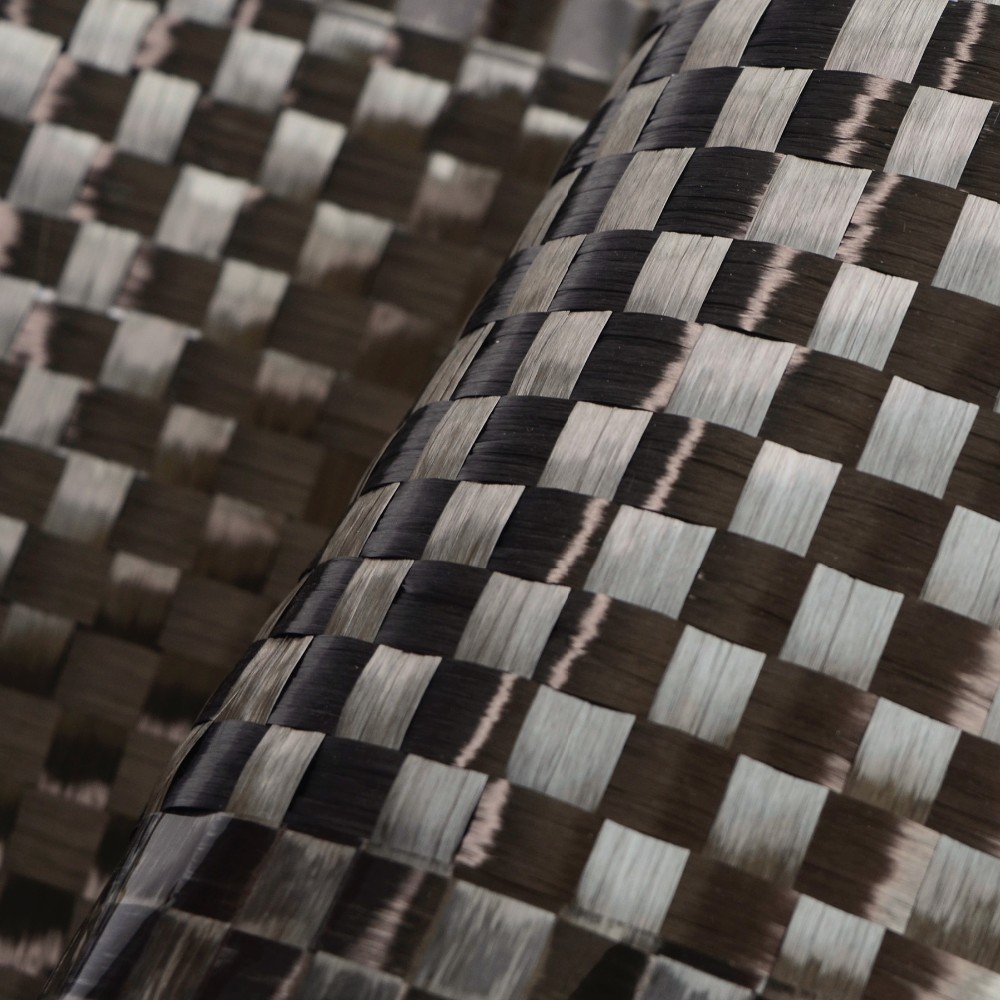
Key Benefits of Spread Tow Carbon Fiber Fabric
The unique construction of spread tow fabrics offers a range of benefits that set them apart from other composite materials. Below are some of the most important advantages:
1. Enhanced Strength-to-Weight Ratio
One of the standout features of spread tow carbon fiber fabric is its exceptional strength-to-weight ratio. By eliminating fiber crimping and ensuring even distribution, the material maximizes the efficiency of each fiber. This allows engineers to achieve high strength without adding unnecessary weight—an essential factor in industries like aerospace and automotive, where every gram counts.
2. Improved Mechanical Performance
The smoother and more uniform structure of spread tow fabrics improves their performance under stress. Whether subjected to tensile, compressive, or shear forces, the fabric exhibits greater resistance to deformation compared to traditional carbon fiber weaves. This enhanced performance is especially valuable in high-stress environments like structural components for aircraft or wind turbine blades.
3. Reduced Material Waste
Traditional woven carbon fiber fabrics often require additional layers of material to compensate for weak spots caused by crimping or gaps. Spread tow fabrics, on the other hand, provide uniform strength across the material, reducing the need for extra layers and minimizing material waste.
4. Aesthetic Appeal
Beyond its mechanical properties, spread tow carbon fiber fabric boasts a sleek, modern appearance. Its flat, smooth surface makes it a popular choice for visible components, such as car interiors or sports equipment, where both performance and aesthetics matter.
5. Corrosion and Environmental Resistance
Carbon fiber inherently resists corrosion, and the spread tow fabric design enhances this property by ensuring minimal exposure of individual fibers. This makes it ideal for applications in marine environments or other harsh conditions.
6. Cost-Effectiveness in the Long Run
Although spread tow fabrics can be more expensive upfront than traditional woven carbon fiber fabrics, their superior performance often offsets these costs. For example, fewer layers may be required in a composite structure, saving material and labor costs over time.
Manufacturing Process of Spread Tow Carbon Fiber Fabric
Creating spread tow carbon fiber fabric involves a precise and controlled manufacturing process designed to optimize the performance of the material. Here’s a step-by-step overview:
1. Fiber Selection
The process begins with the selection of high-quality carbon fiber tow. Each tow consists of thousands of individual carbon filaments, typically bundled together by a binder.
2. Spreading the Fibers
The tow is passed through a spreading machine, which carefully separates the individual filaments and spreads them into a thin, flat sheet. This step requires meticulous control to avoid damaging the fibers while achieving uniformity.
3. Alignment and Weaving
Depending on the application, the spread fibers can be aligned in one direction (unidirectional) or woven into specific patterns. The weaving process ensures that the fibers are held together without creating significant crimping.
4. Resin Impregnation (Optional)
In some cases, the spread tow fabric is impregnated with resin to create a prepreg (pre-impregnated composite material). This step prepares the material for molding and curing in applications like aerospace components.
5. Final Processing
The finished fabric is inspected for defects, such as uneven thickness or fiber misalignment, before being rolled up or cut into sheets for shipping.
This highly controlled process ensures that spread tow fabrics meet the demanding requirements of industries that depend on precision and performance.
Types of Spread Tow Carbon Fiber Fabrics
Depending on their intended use, spread tow fabrics come in various configurations. Below are some of the most common types:
1. Unidirectional Spread Tow Fabric
In this type, fibers are aligned in a single direction, offering maximum strength along that axis. This makes unidirectional spread tow fabric ideal for applications like aircraft wings or wind turbine blades, where forces act predominantly in one direction.
2. Multiaxial Spread Tow Fabric
Fibers in multiaxial spread tow fabric are arranged at multiple angles, such as 0°, 45°, and 90°. This provides strength in several directions, making it suitable for complex structures like boat hulls or automotive frames.
3. Bi-Axial and Tri-Axial Spread Tow Fabrics
These variations offer reinforcement in two or three specific directions, balancing strength and flexibility for specific applications. Bi-axial fabrics are often used in general-purpose structural components, while tri-axial fabrics are ideal for high-performance applications.
4. Woven Spread Tow Fabric
This fabric combines the aesthetics of traditional woven fabrics with the performance benefits of spread tow technology. Woven spread tow fabrics are frequently used in applications that require a visually appealing finish, such as luxury car interiors or high-end consumer goods.
Applications of Spread Tow Carbon Fiber Fabric
The versatility of spread tow carbon fiber fabric has led to its widespread adoption across multiple industries. Below, we explore its most prominent applications:
1. Aerospace Industry
Aircraft manufacturers have long sought materials that balance strength, weight, and durability. Spread tow fabrics excel in these areas, making them a staple in aerospace applications. They are used to construct wings, fuselages, and satellite components, where every gram saved translates to significant fuel savings and performance gains.
2. Automotive Industry
Automakers are increasingly turning to spread tow carbon fiber fabric to reduce vehicle weight and improve efficiency. From structural components like chassis to aesthetic features like dashboards, spread tow fabrics offer both functional and visual appeal. High-performance sports cars, in particular, benefit from the material’s lightweight strength.
3. Sports and Recreational Equipment
In sports, every advantage counts. Lightweight yet durable, spread tow fabrics are used in bicycles, tennis rackets, golf clubs, and more. The material’s sleek appearance also makes it a popular choice for premium products.
4. Marine Applications
Boats and yachts require materials that resist corrosion and perform under extreme conditions. Spread tow fabrics are used for hulls, masts, and other structural components, offering strength and longevity in a marine environment.
5. Construction and Infrastructure
In construction, spread tow carbon fiber fabric is used for reinforcing bridges, buildings, and other infrastructure. Its high strength-to-weight ratio makes it ideal for retrofitting projects where added weight could be detrimental.
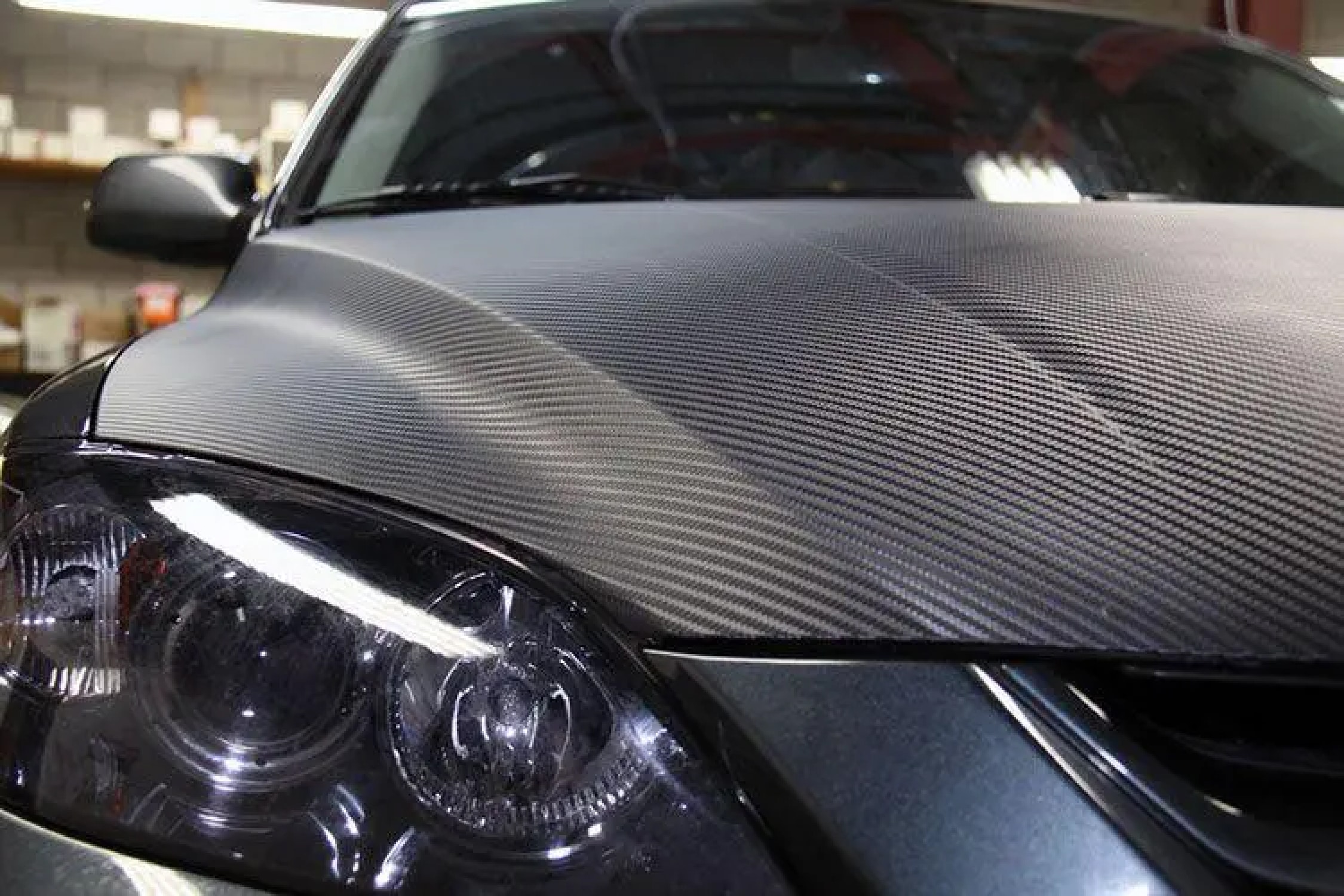
Future Trends in Spread Tow Carbon Fiber Fabrics
The future of spread tow fabrics is bright as industries continue to innovate and demand better materials. Emerging trends include:
- Sustainability: Efforts to make carbon fiber production more eco-friendly will likely expand the appeal of spread tow fabrics.
- Advanced Manufacturing Techniques: Innovations in automation and resin infusion could reduce costs and improve quality.
- Broader Adoption: As costs decline, spread tow fabrics may become accessible to more industries, including consumer electronics and renewable energy.
Conclusion
Spread tow carbon fiber fabric is a transformative material that combines strength, durability, and lightweight properties. Its unique characteristics make it invaluable across a wide range of industries, from aerospace to construction. As technology continues to advance, the potential applications for spread tow fabrics will only grow, cementing their role as a cornerstone of modern engineering. By understanding the properties and benefits of spread tow fabrics, businesses and innovators can unlock new possibilities and drive the future of high-performance materials.
Popular Composite Materials
Popular Composite Materials
Composites Knowledge Hub
Composites Knowledge Hub

